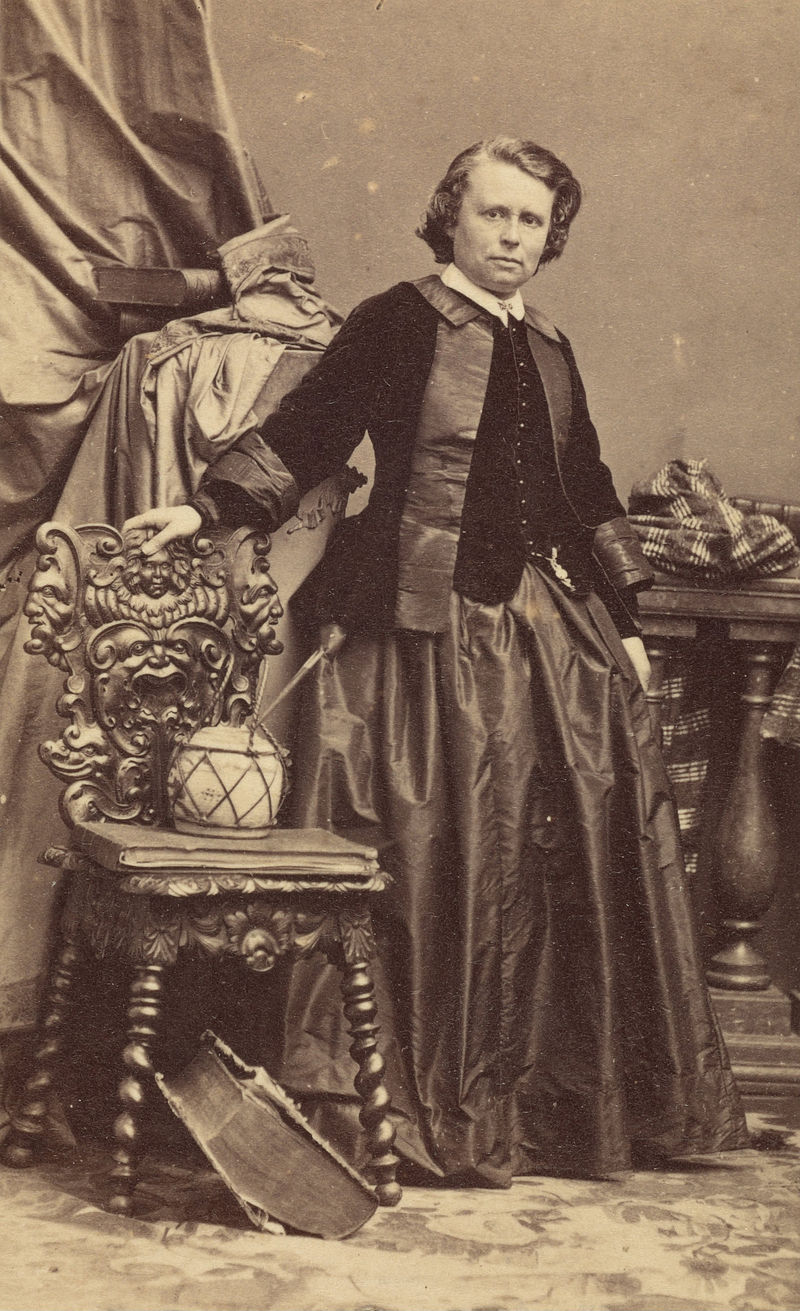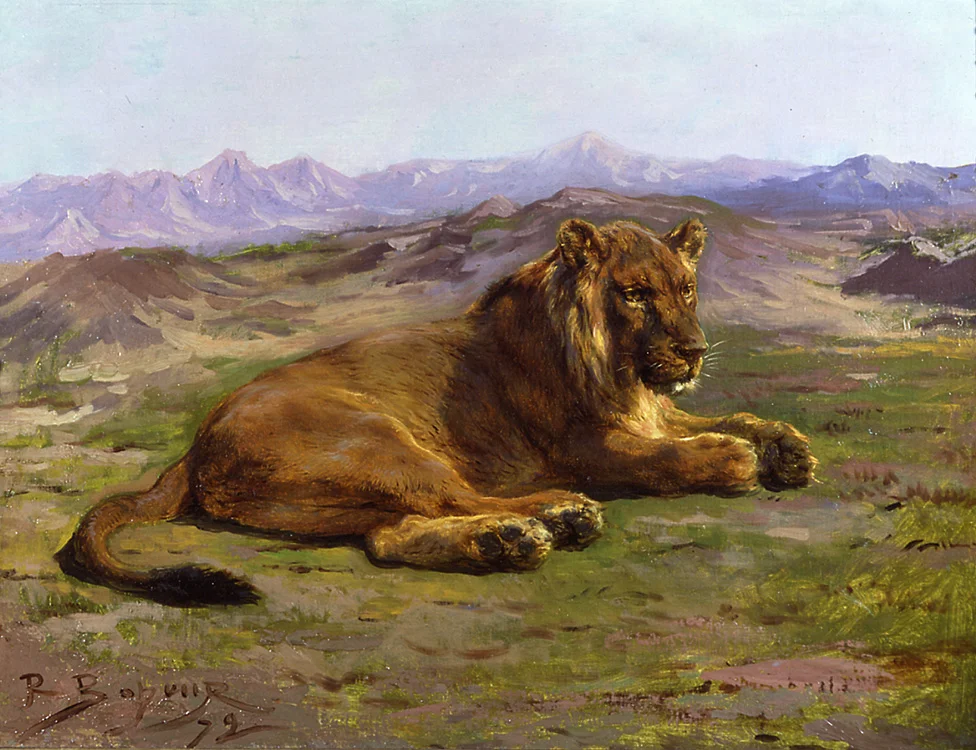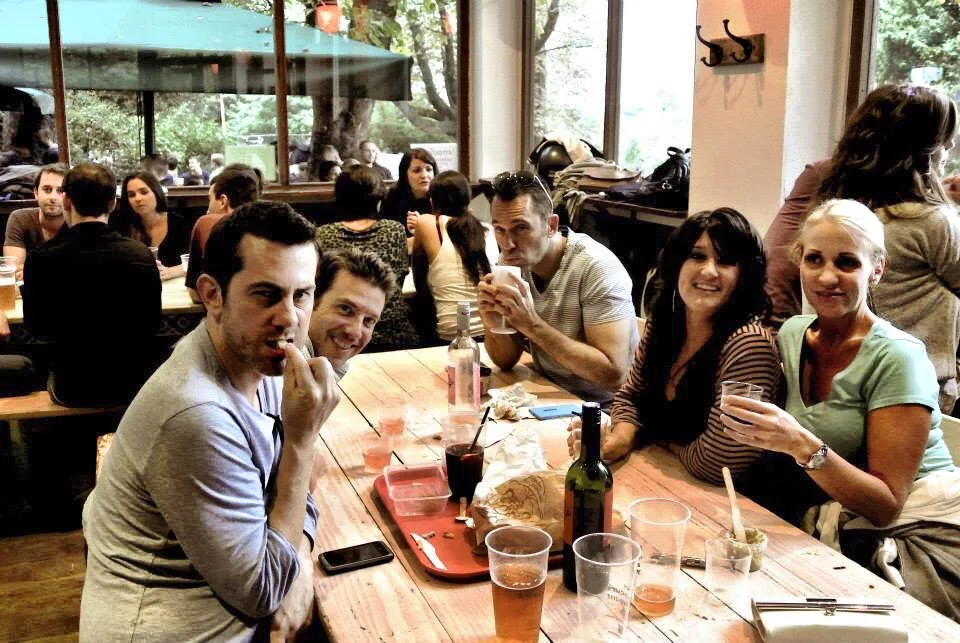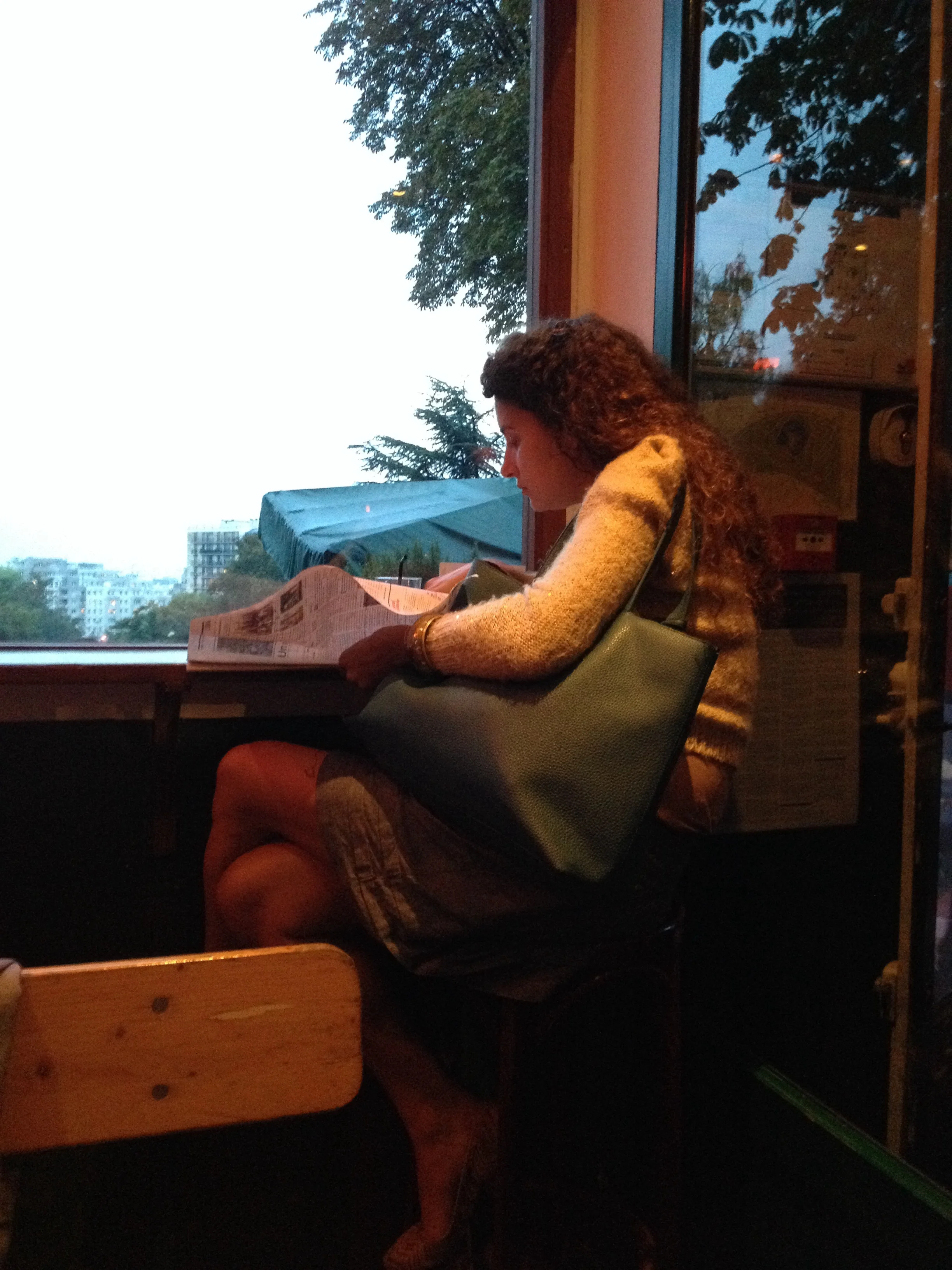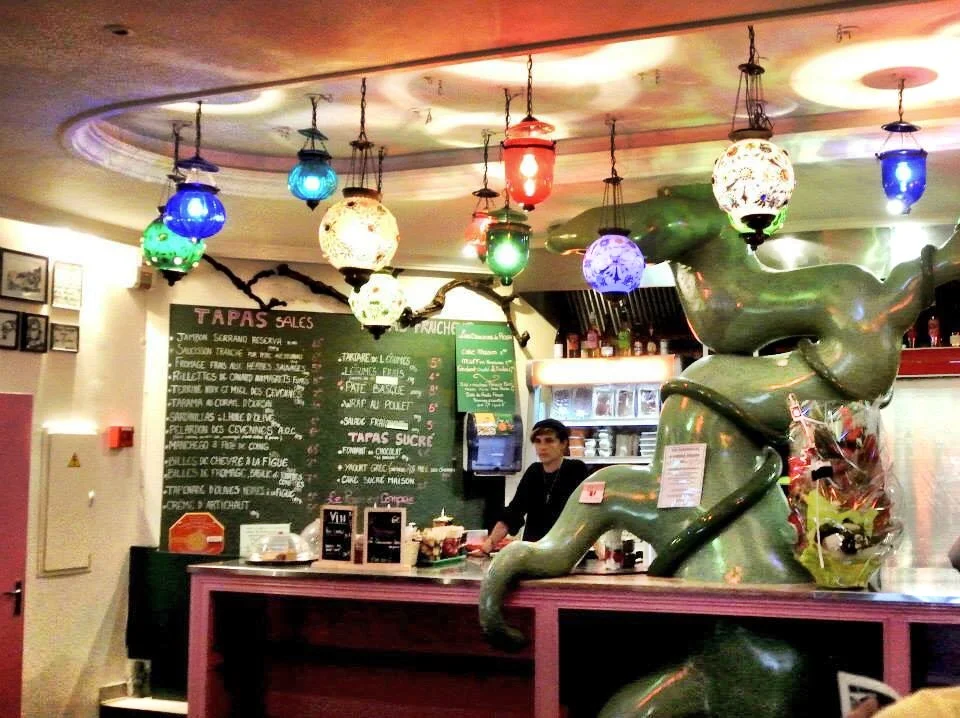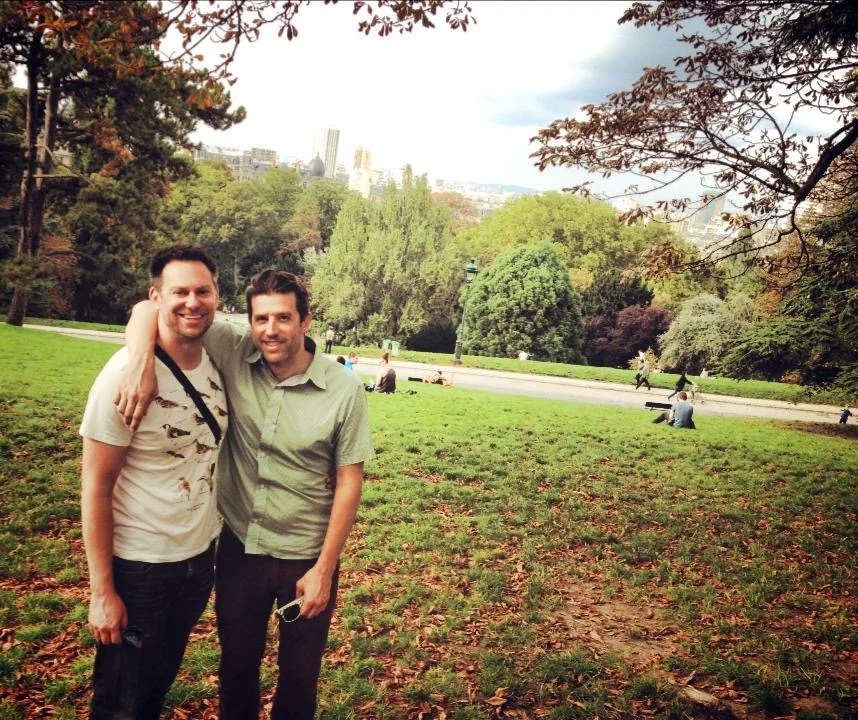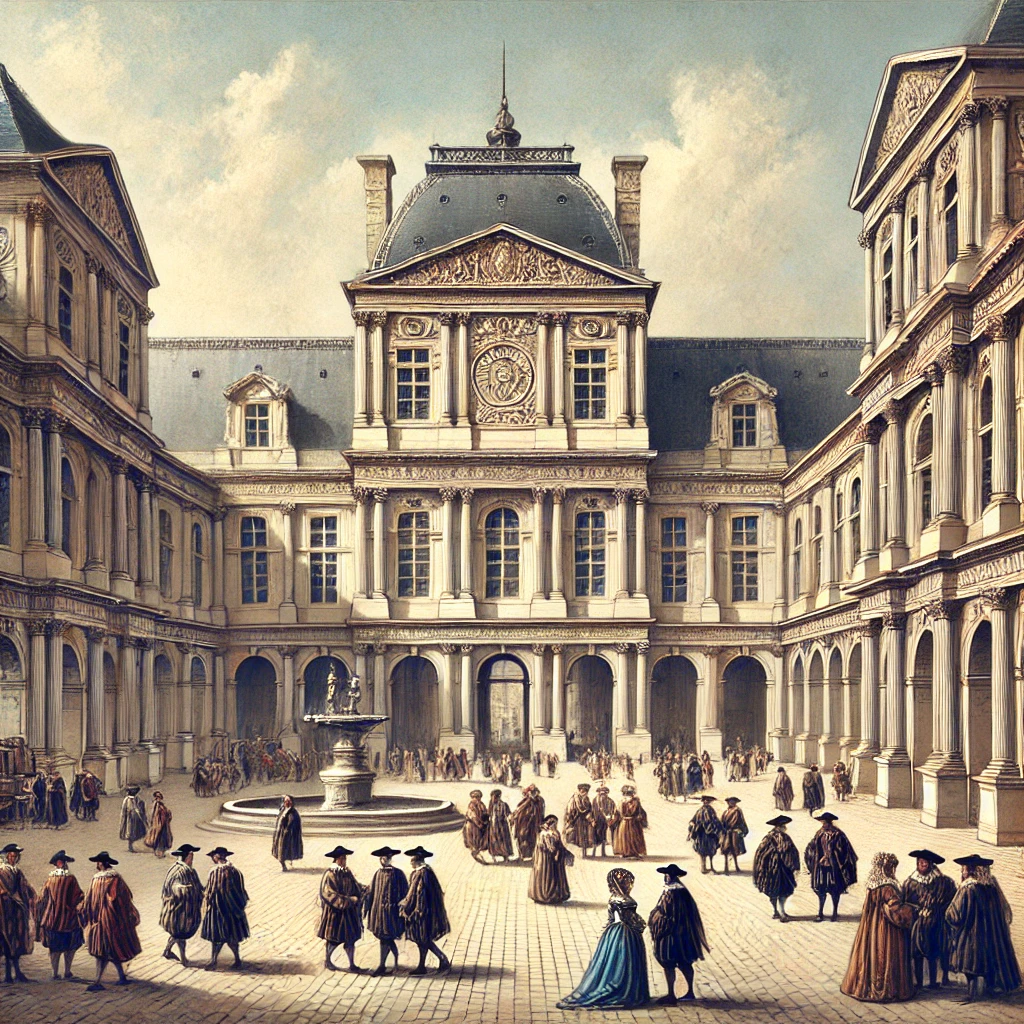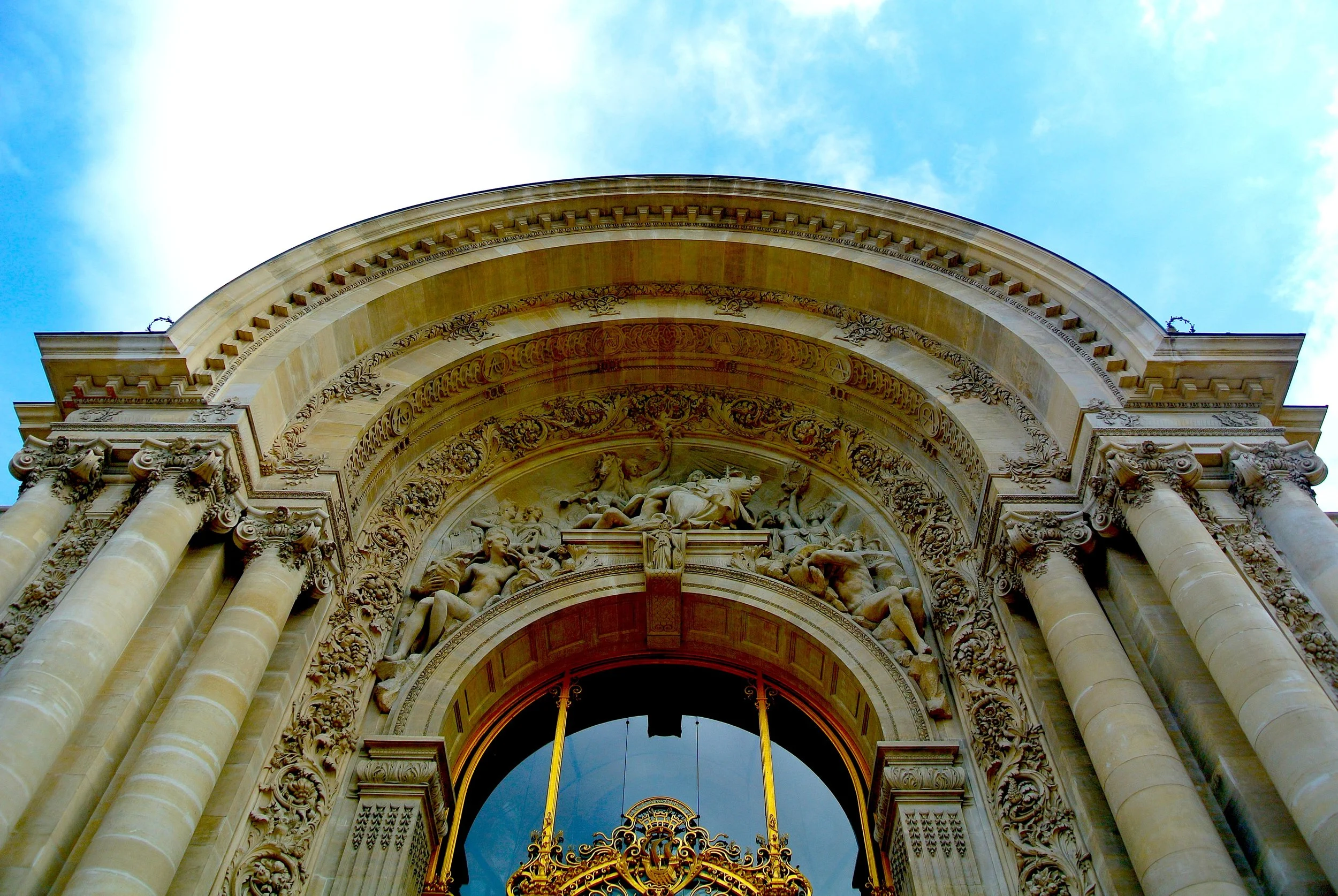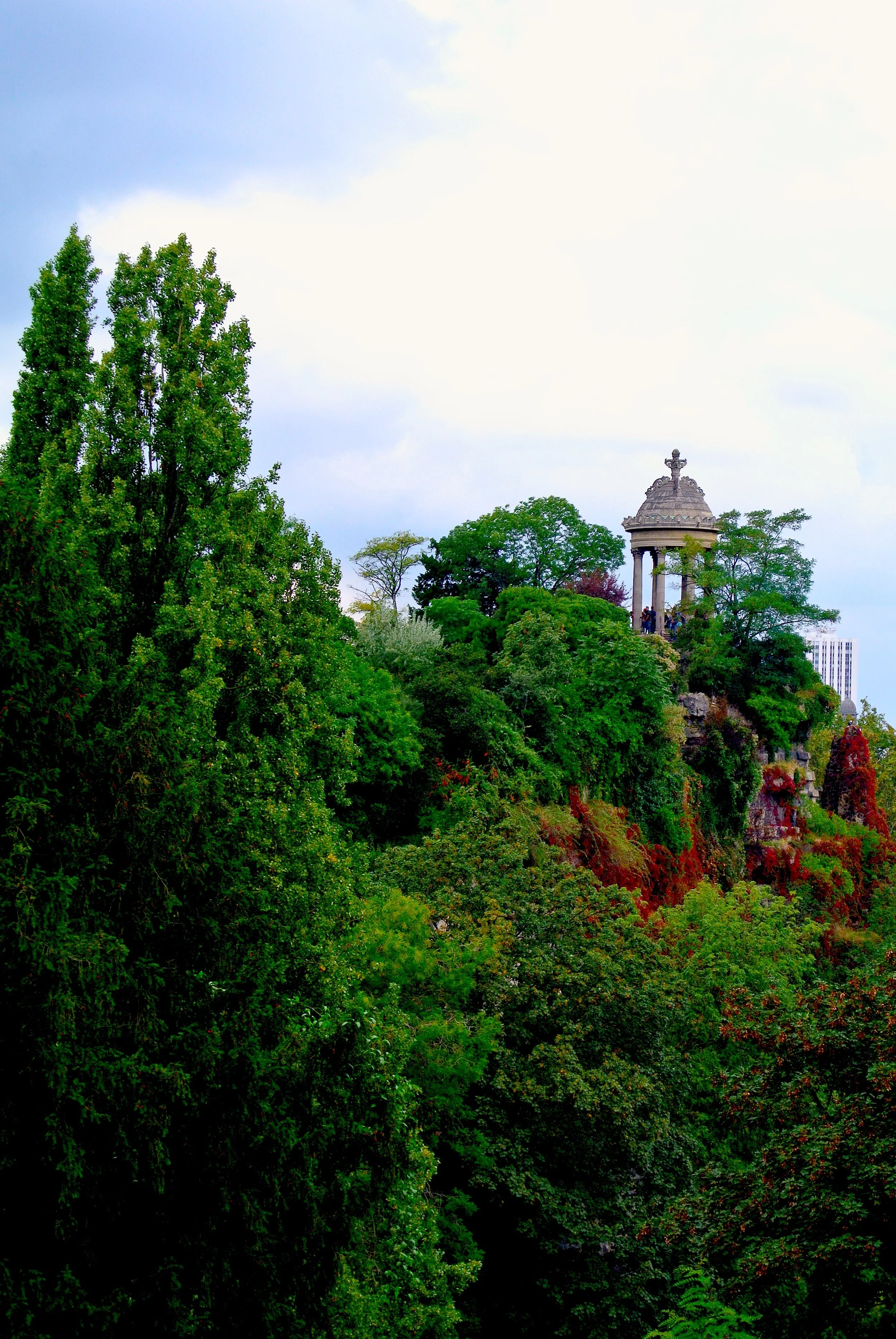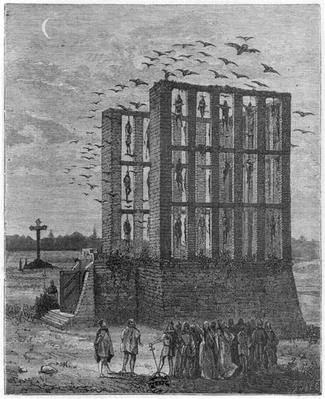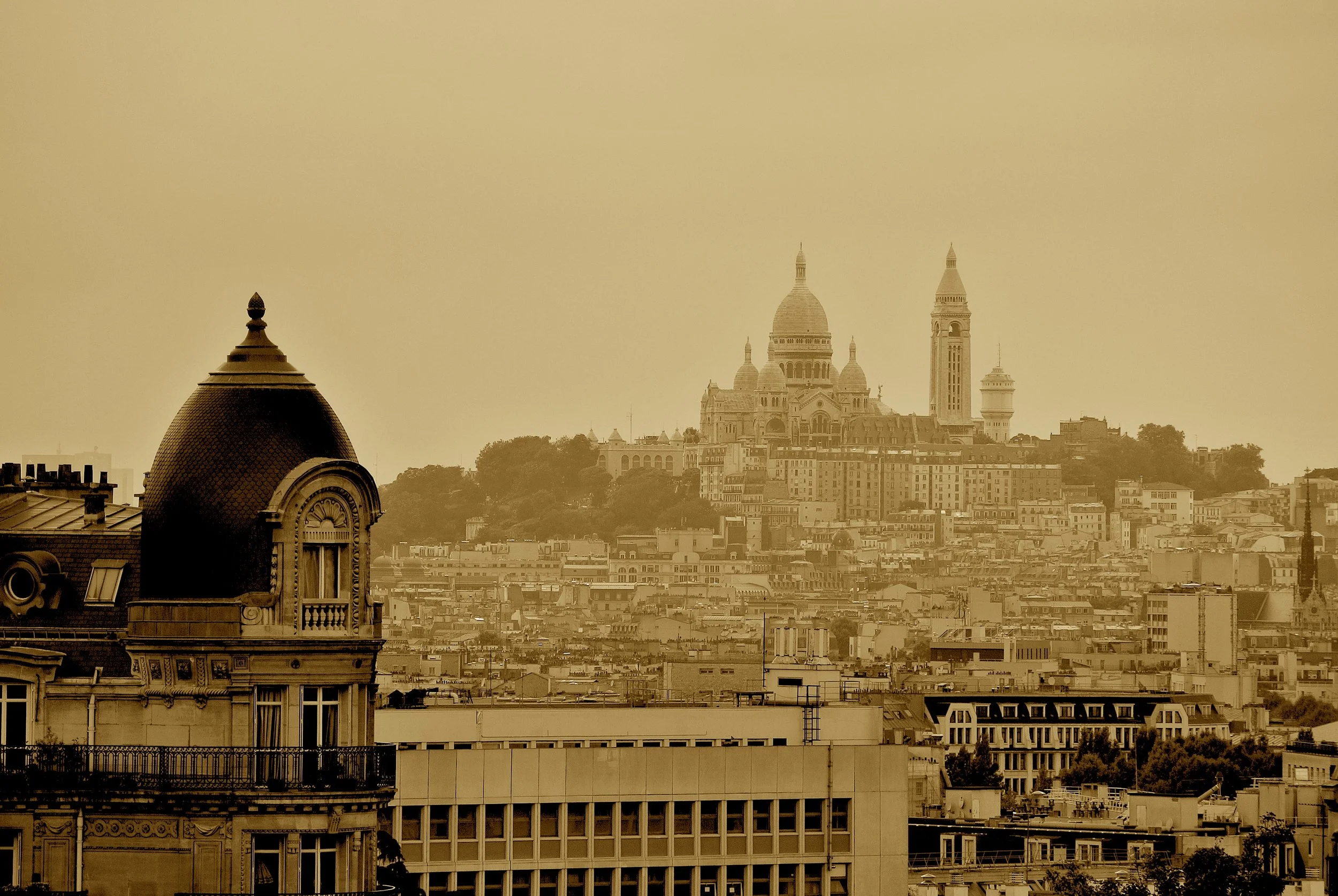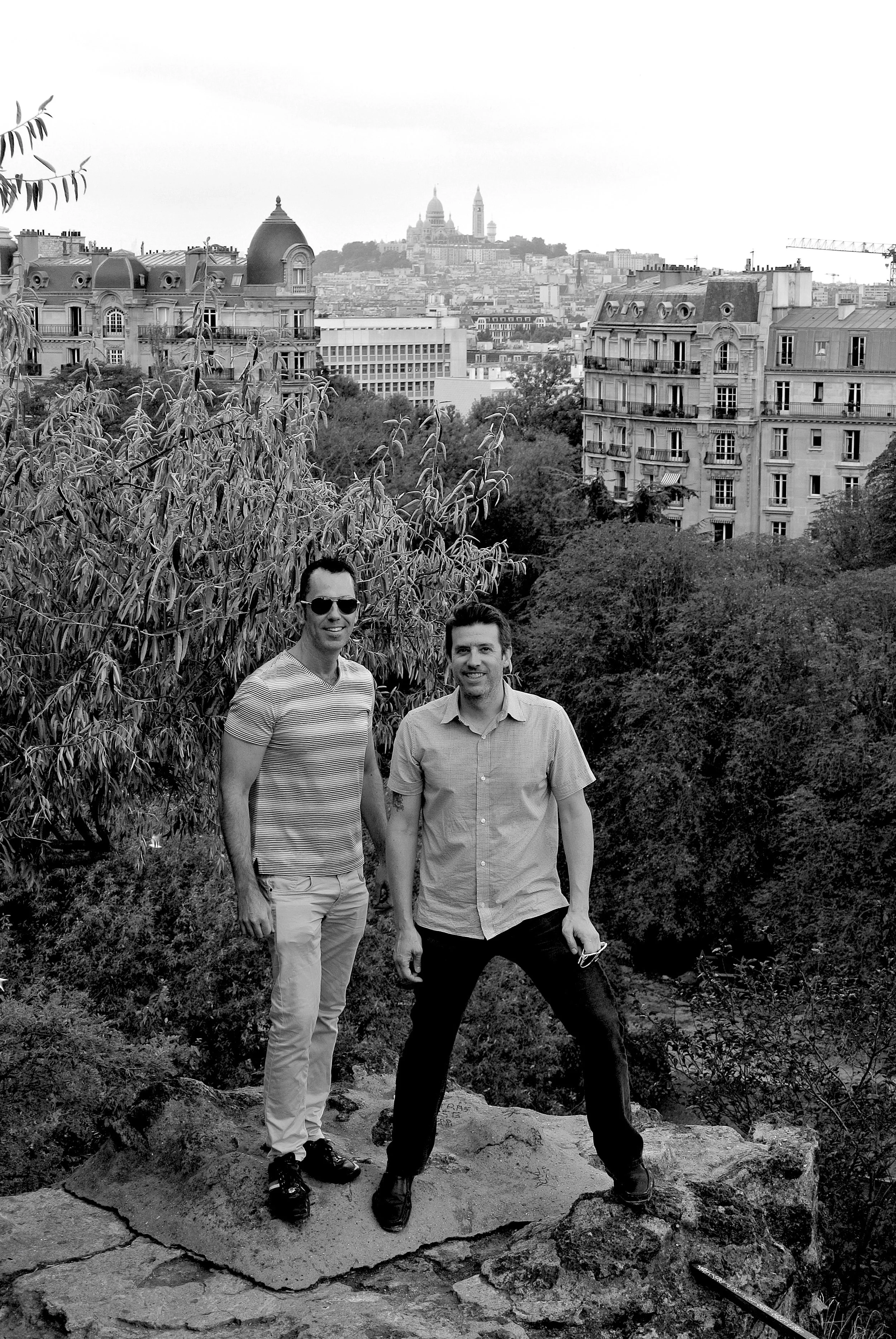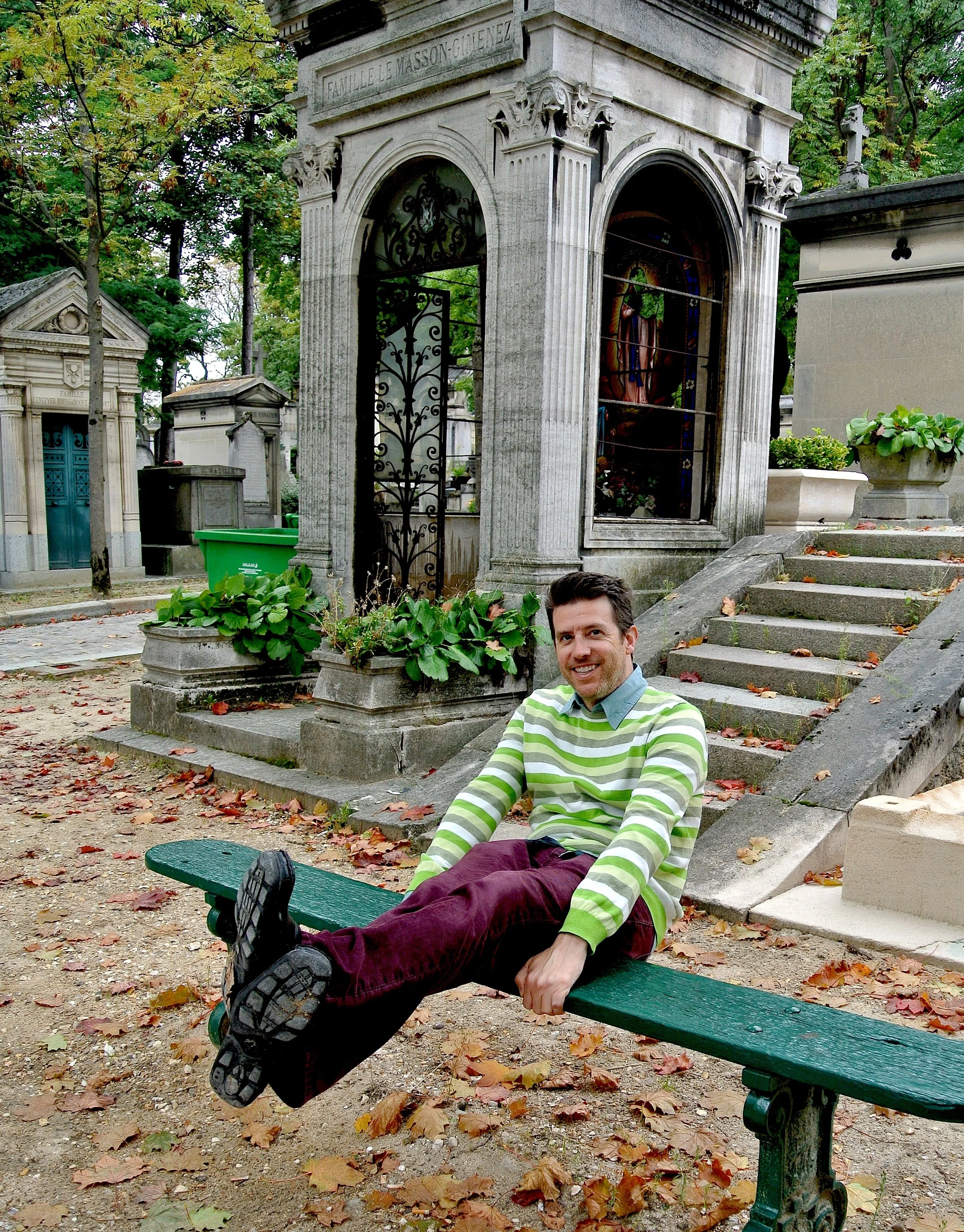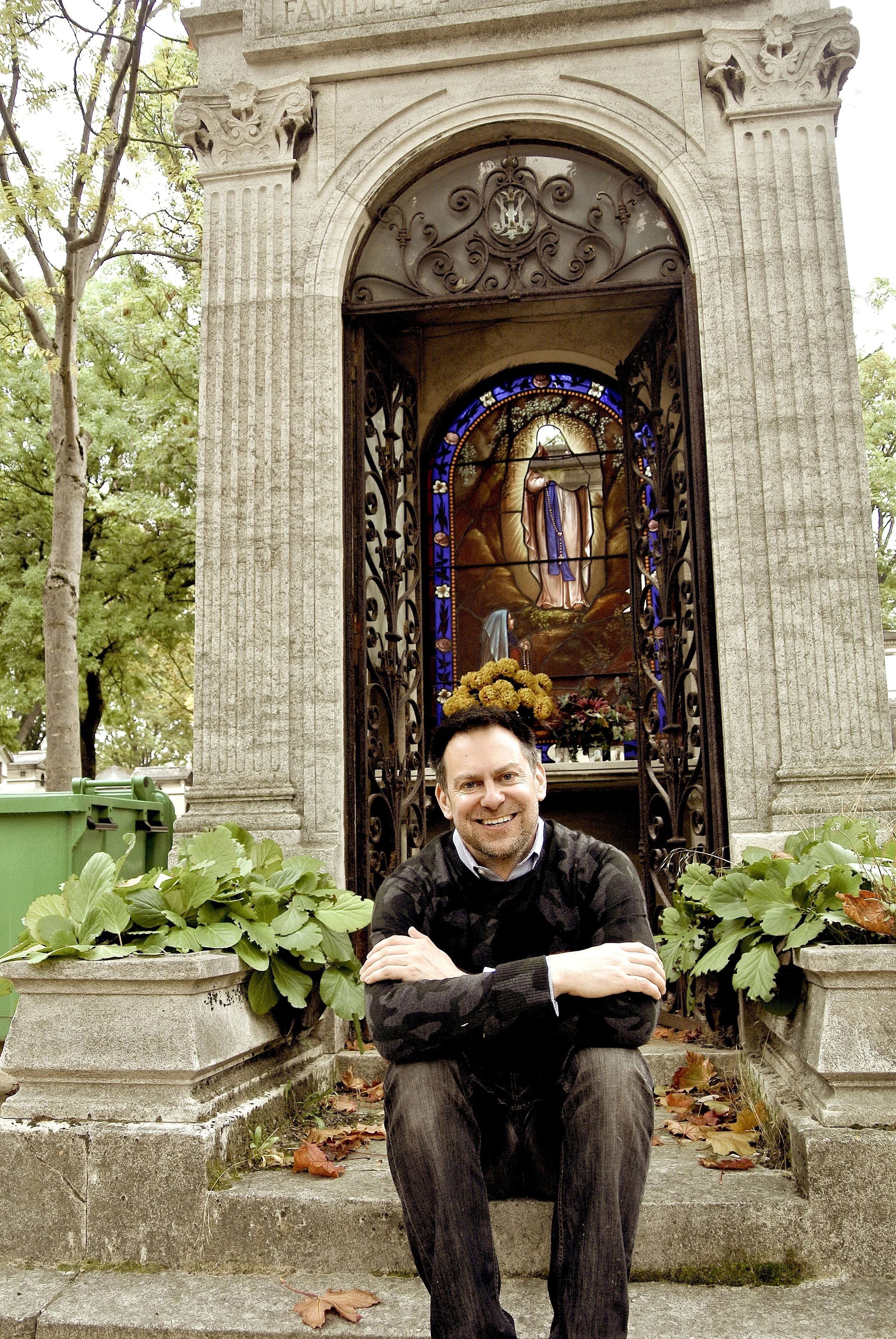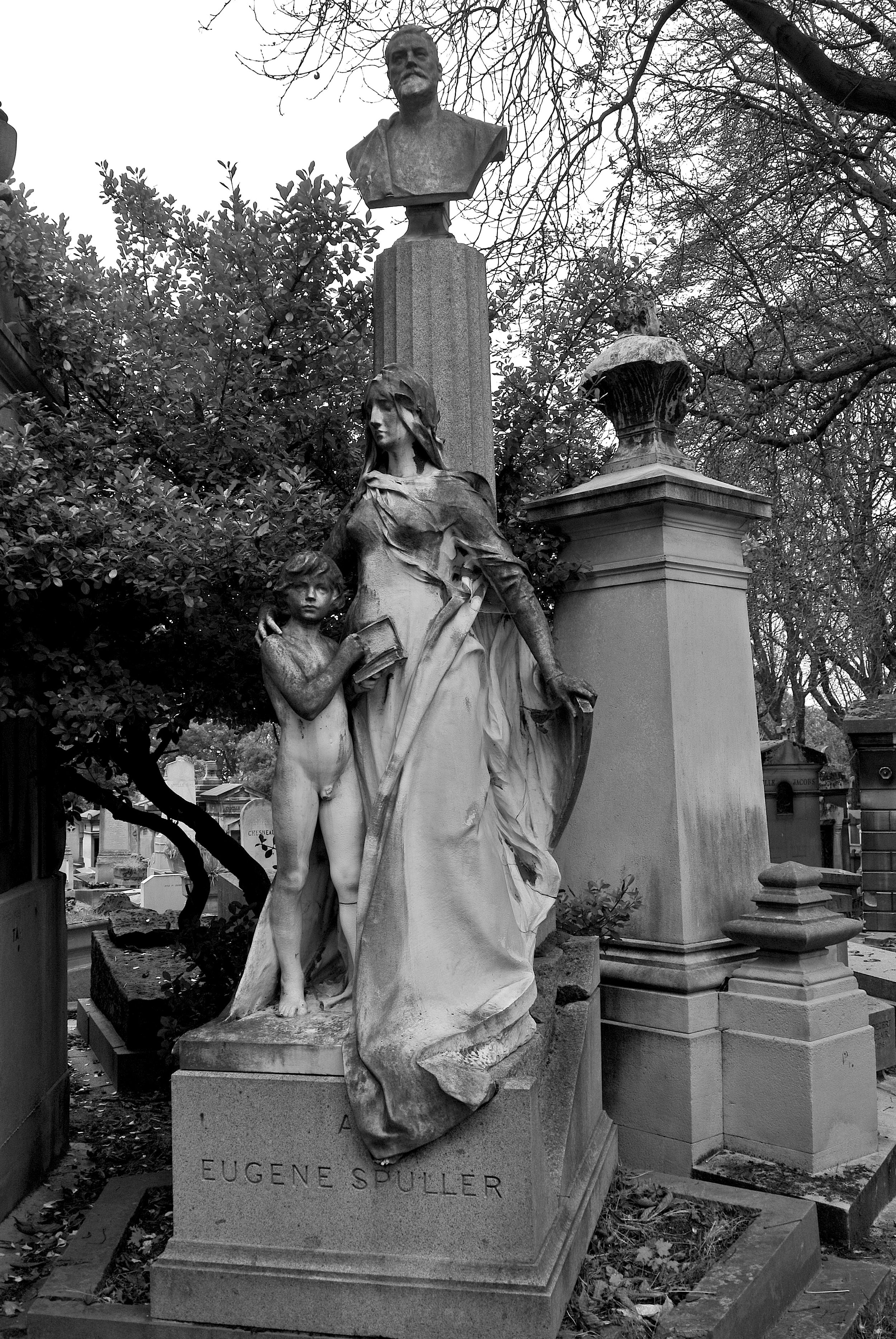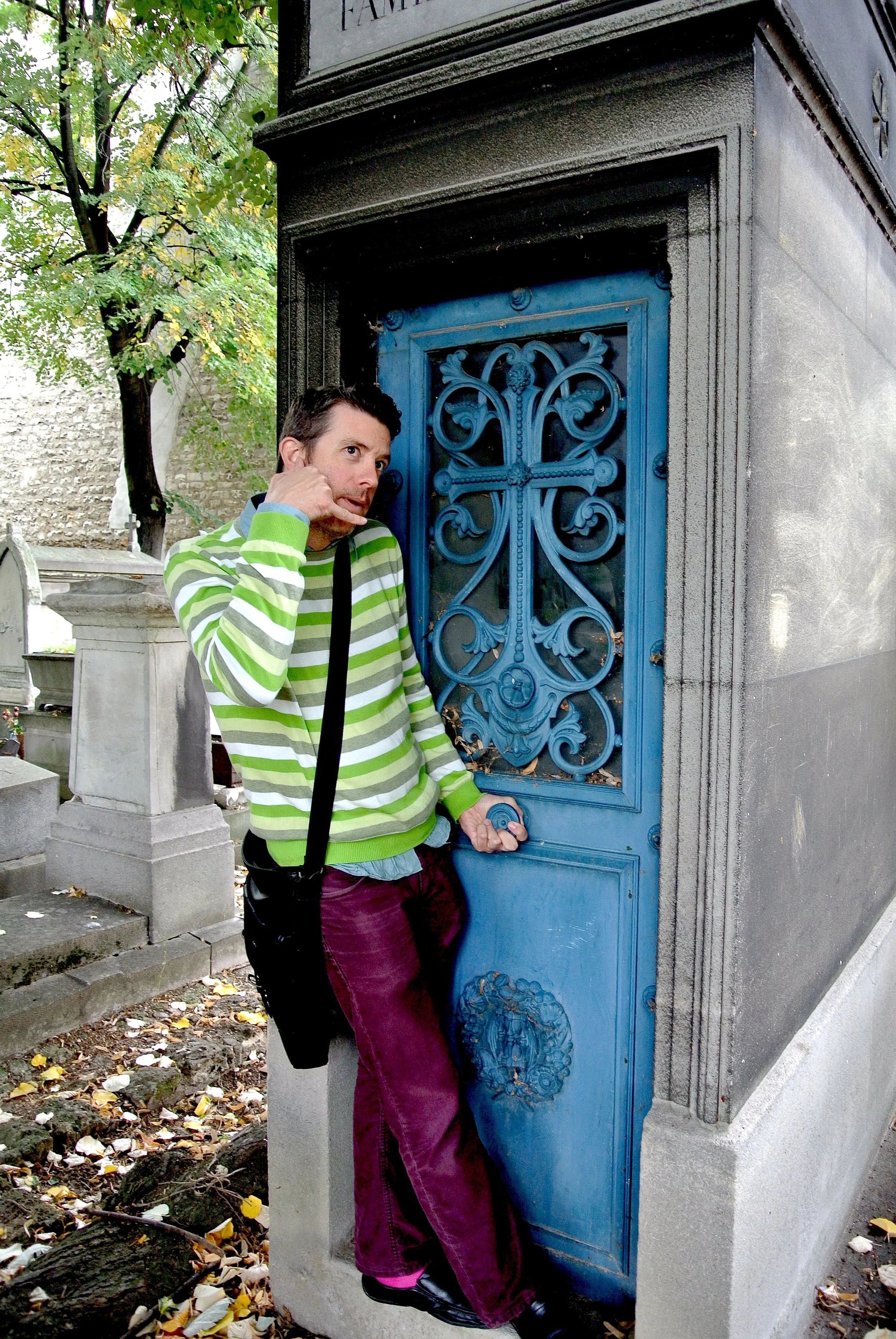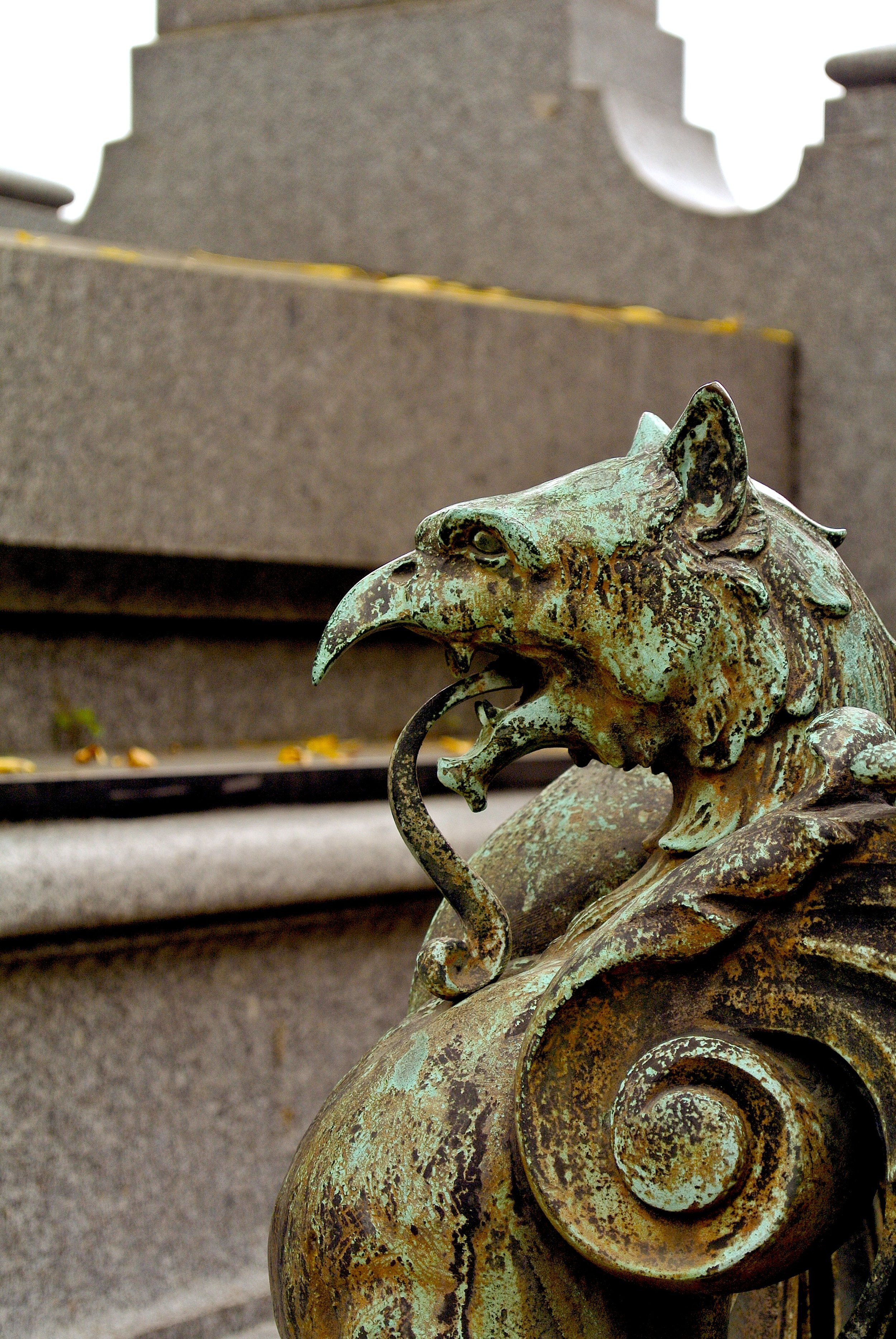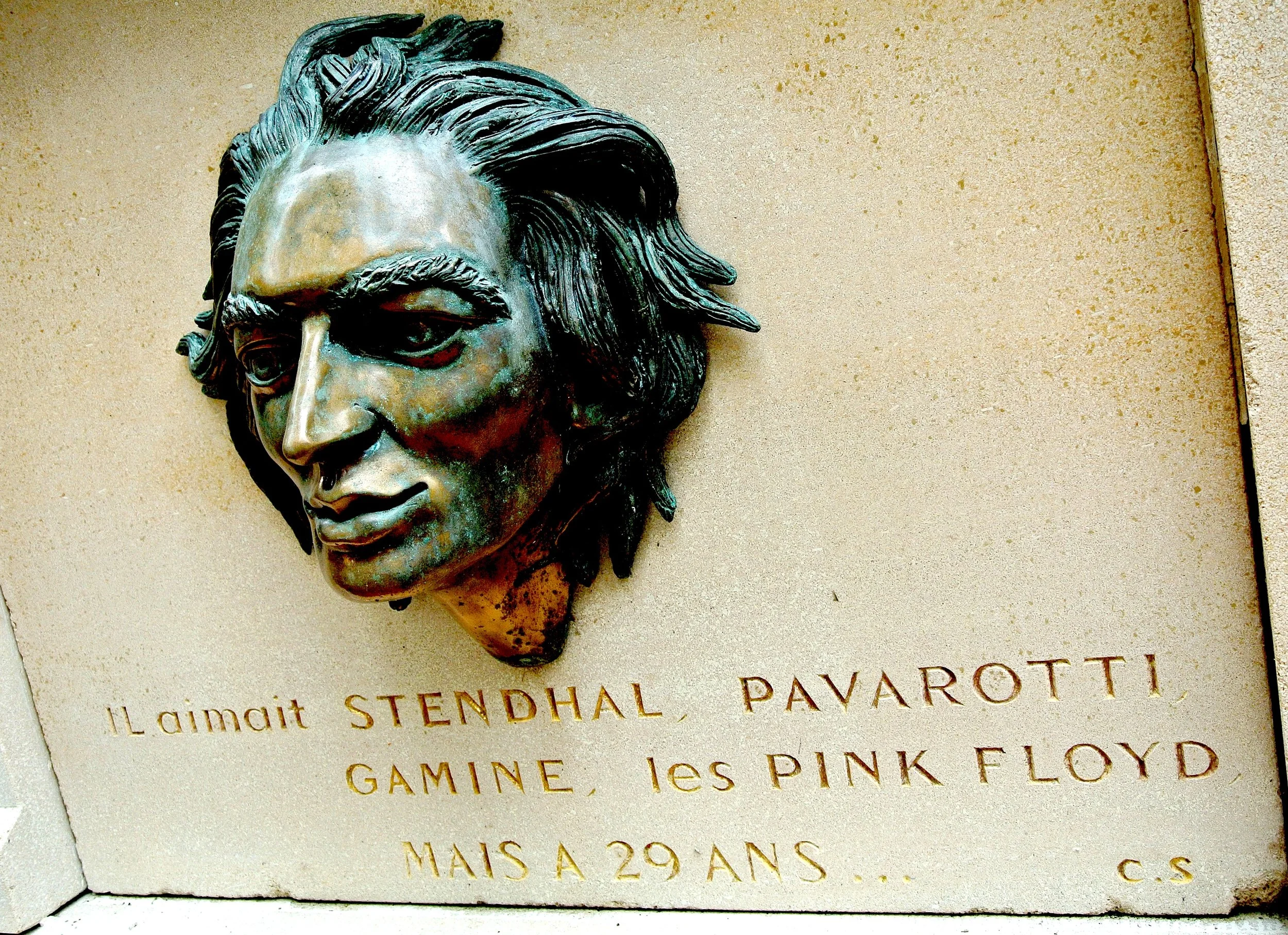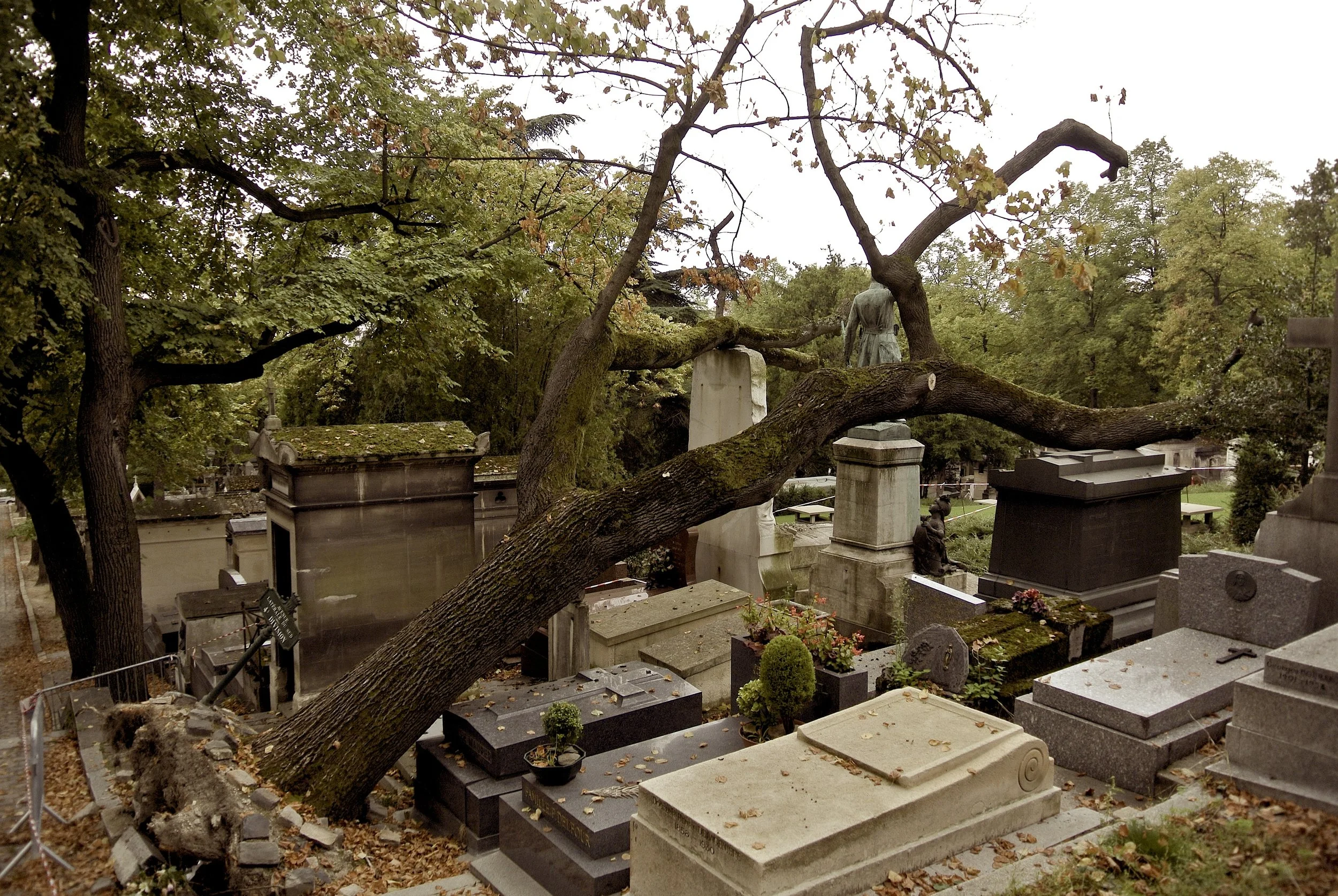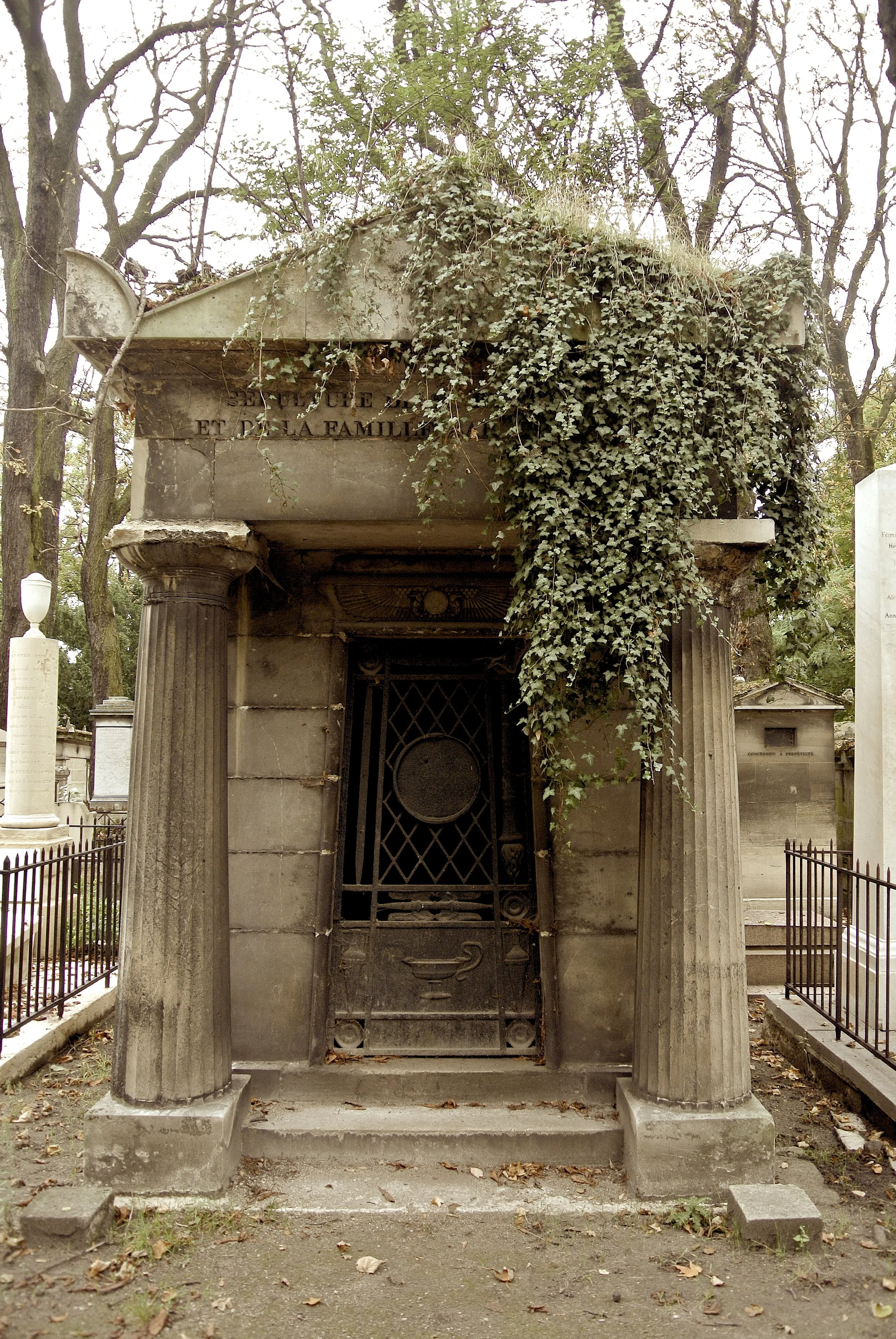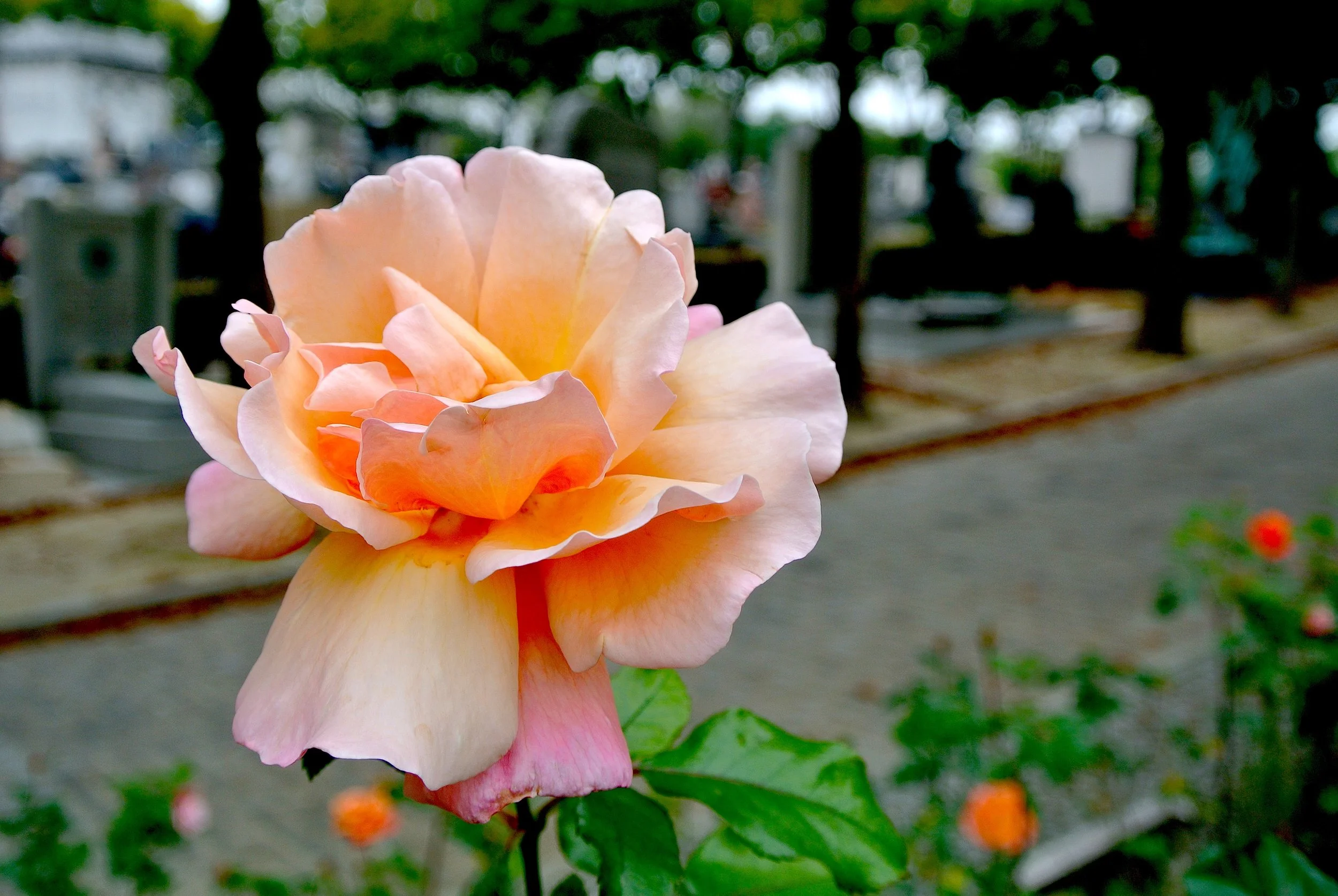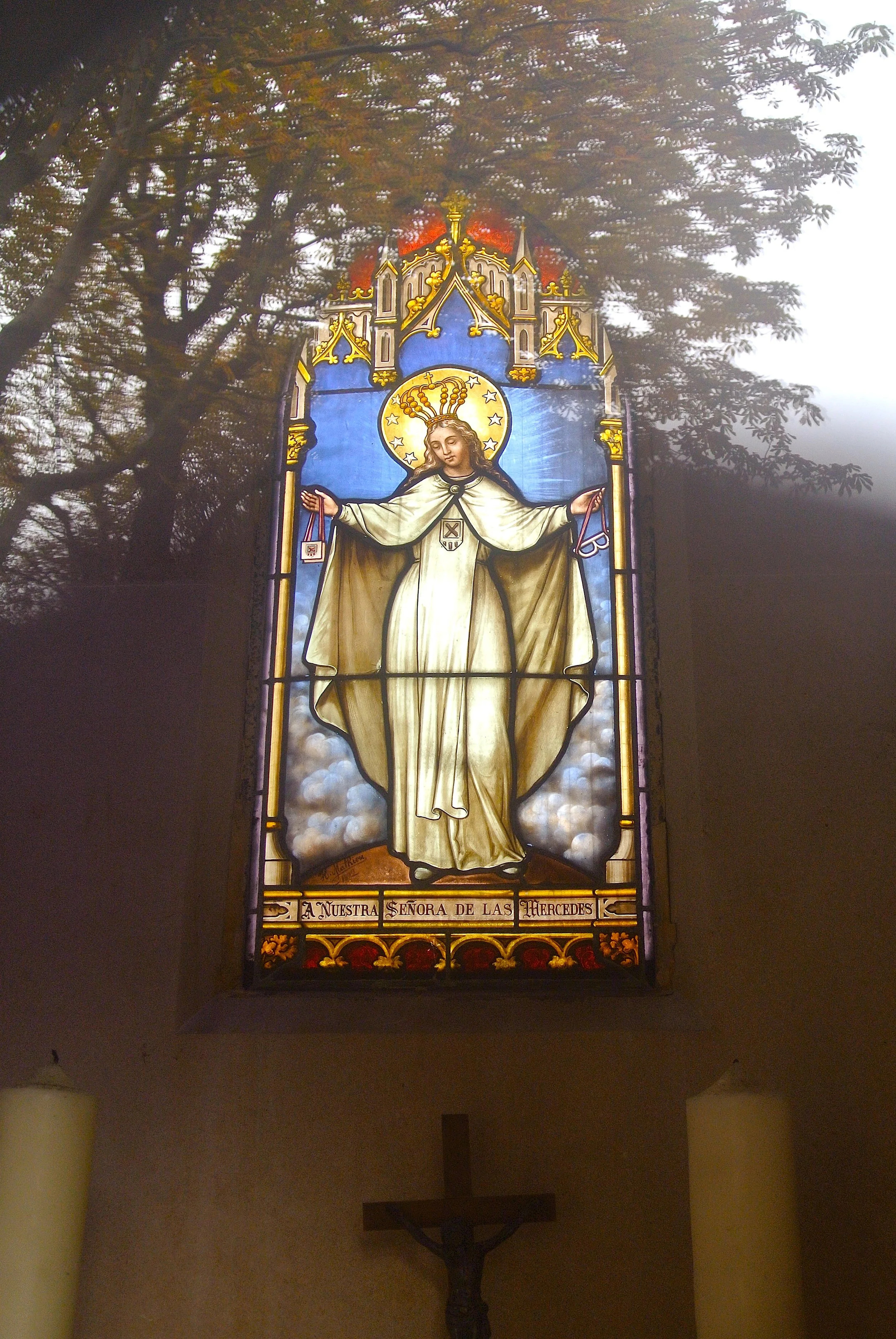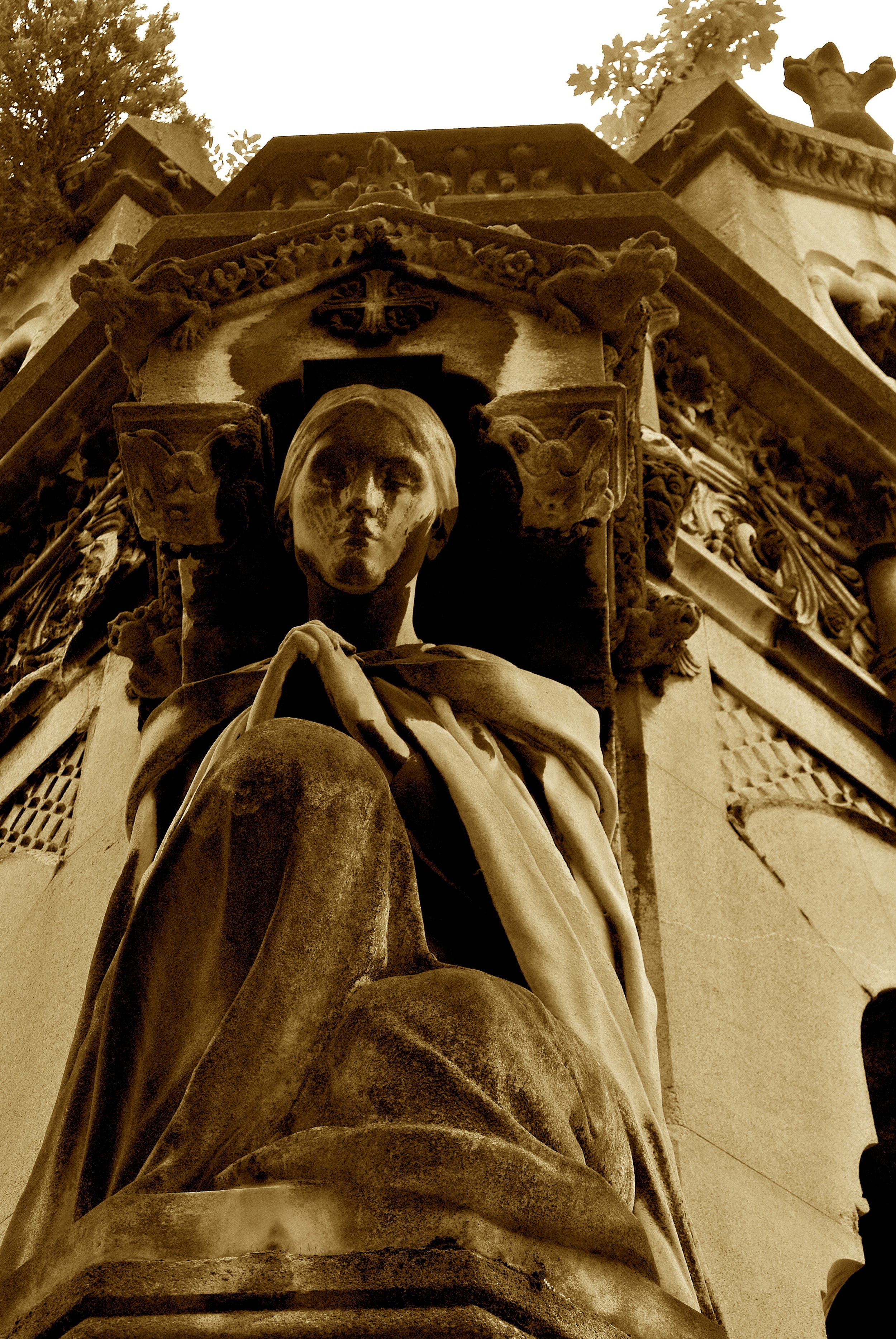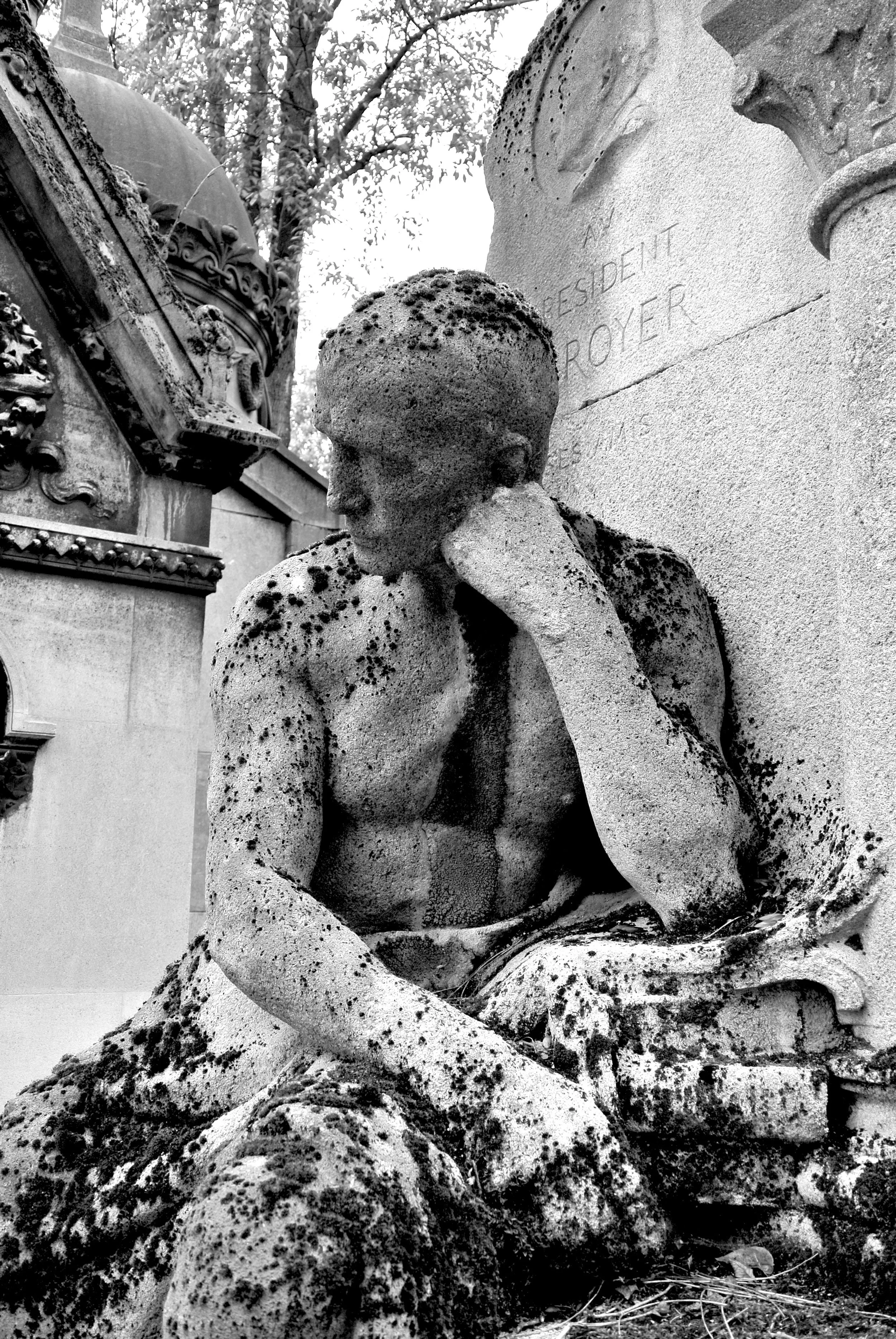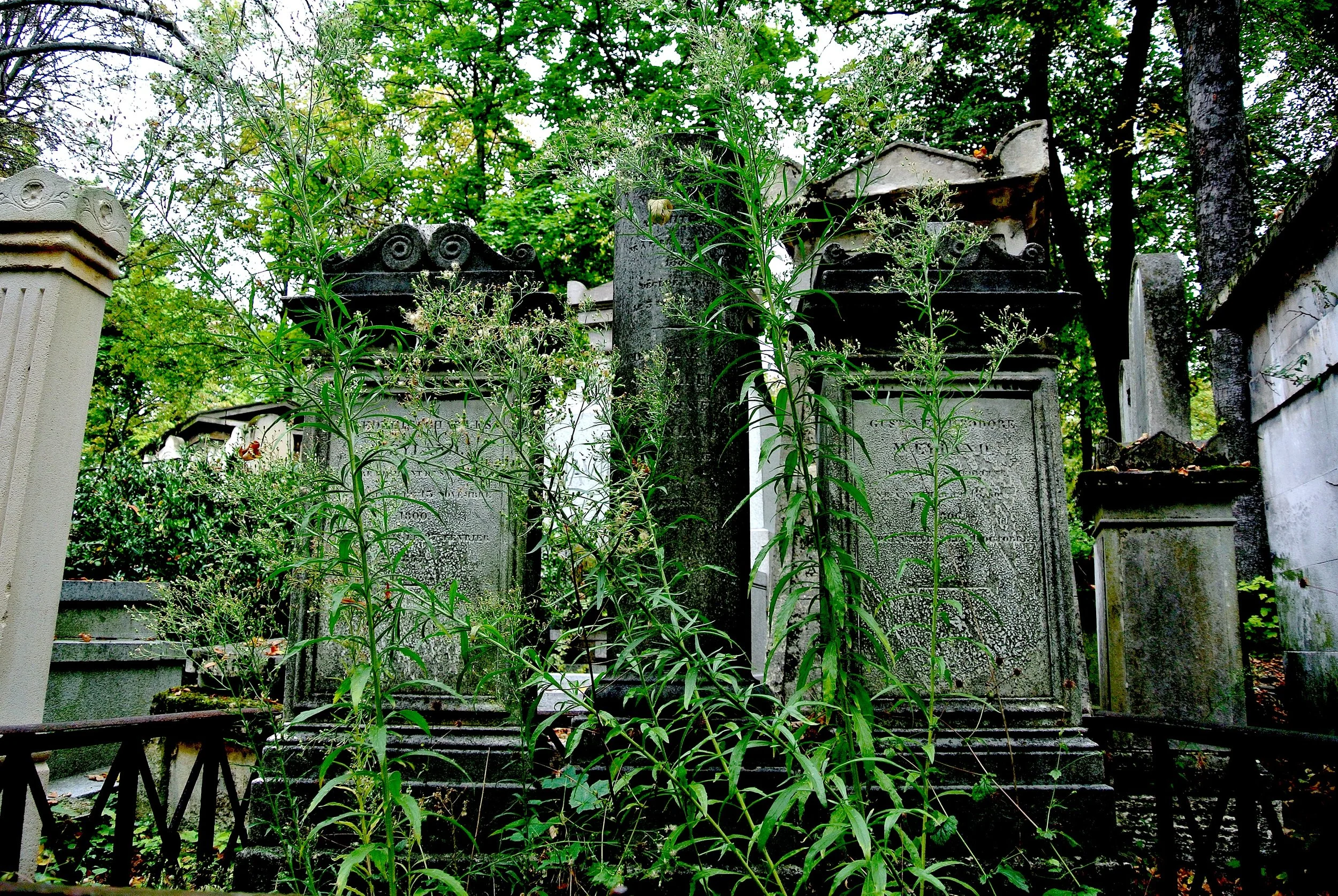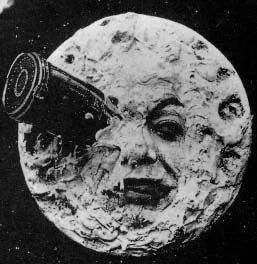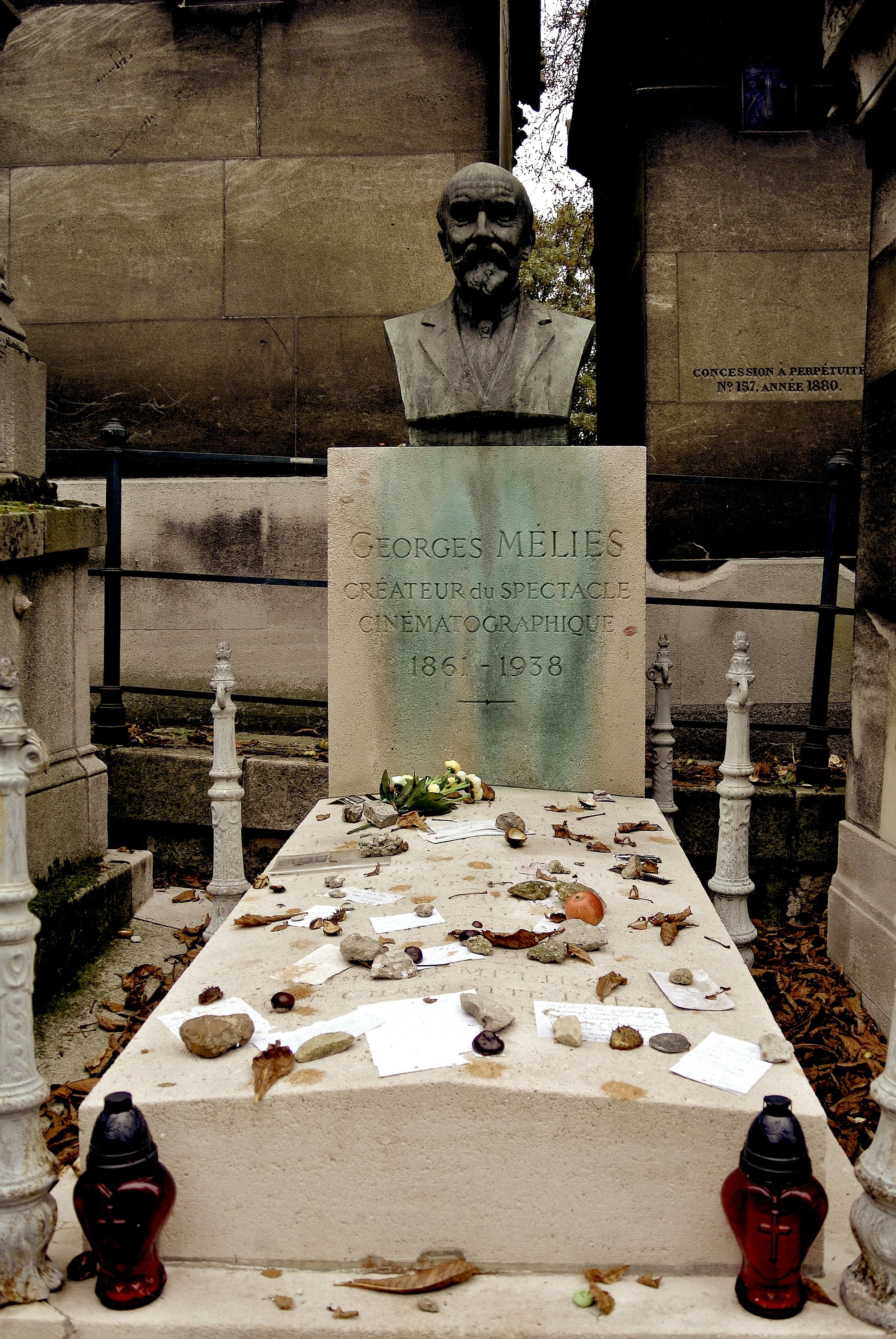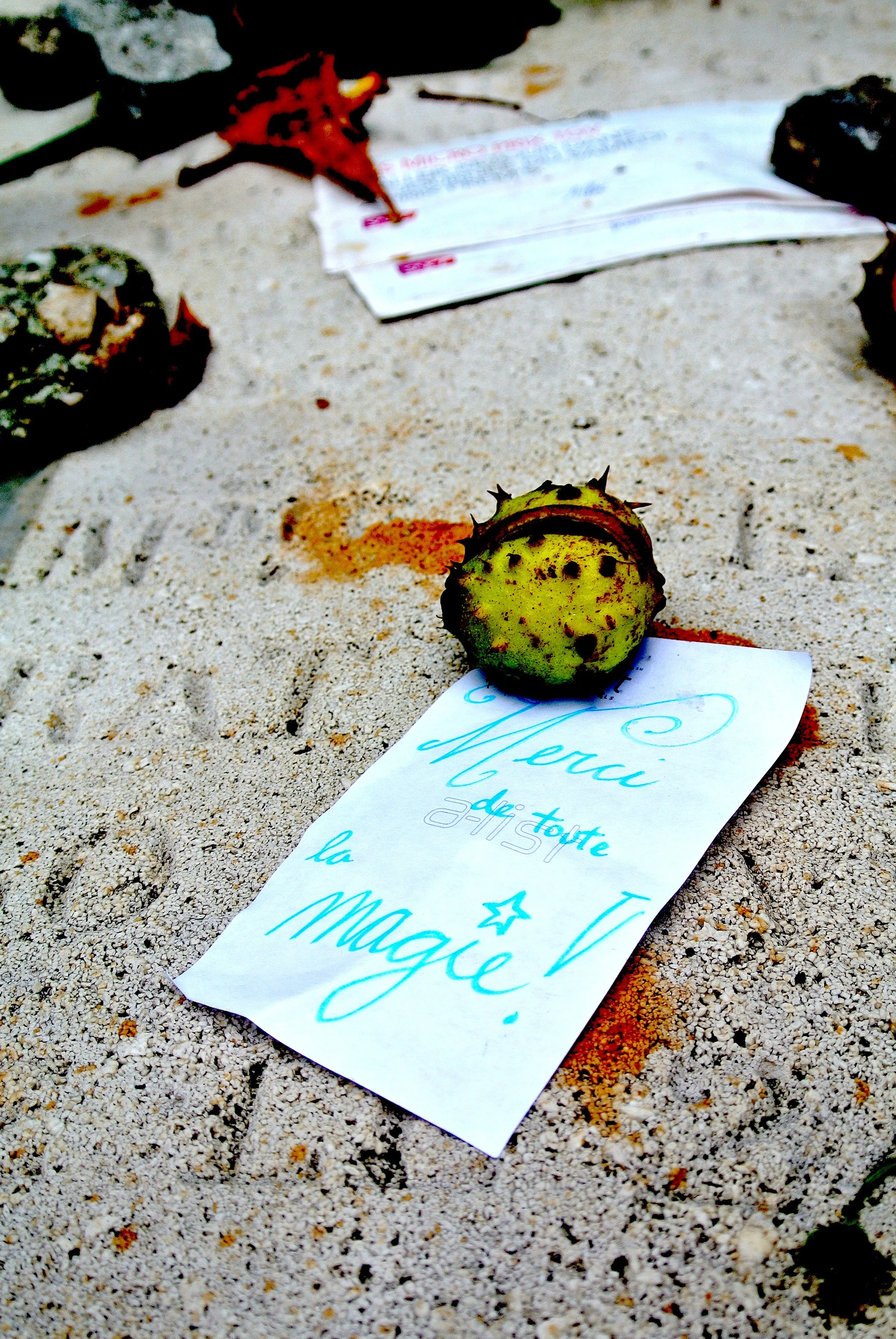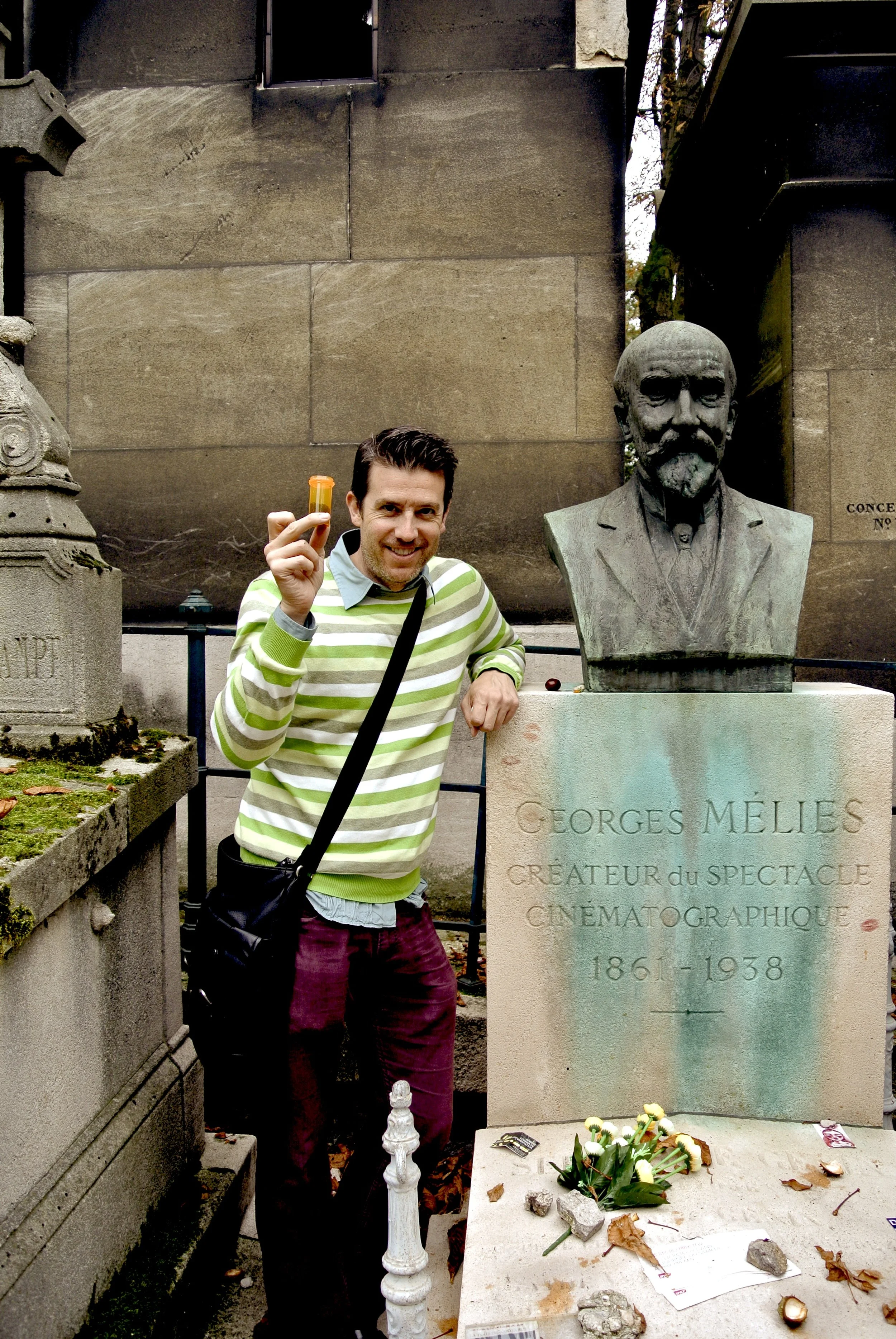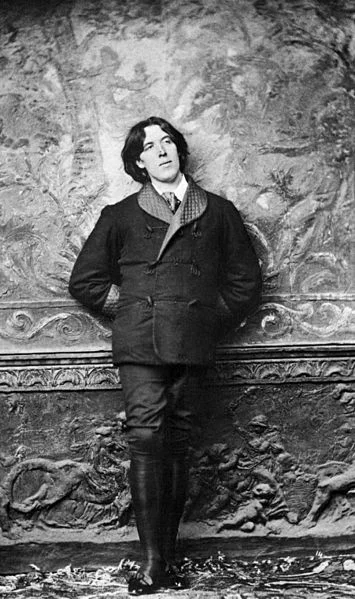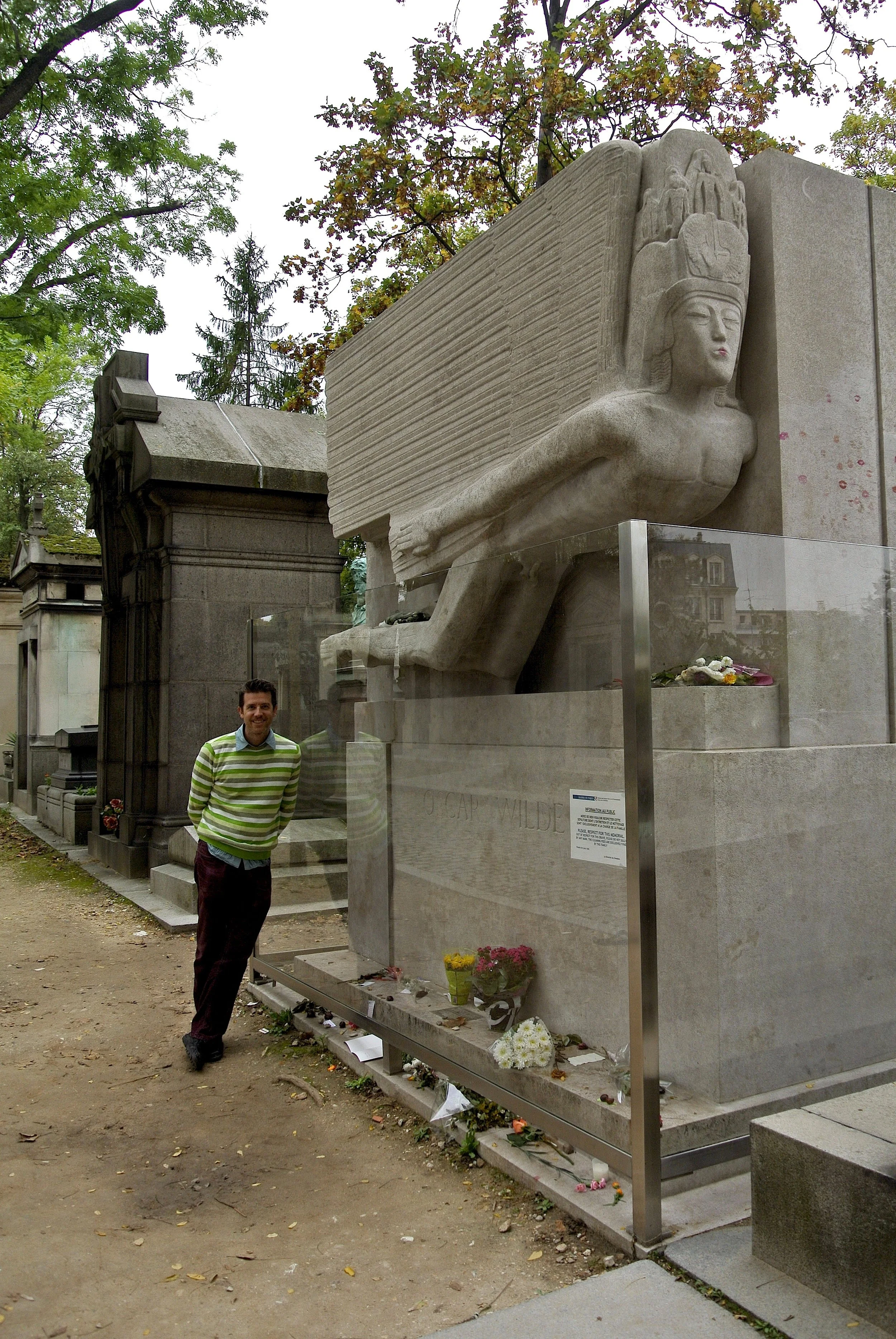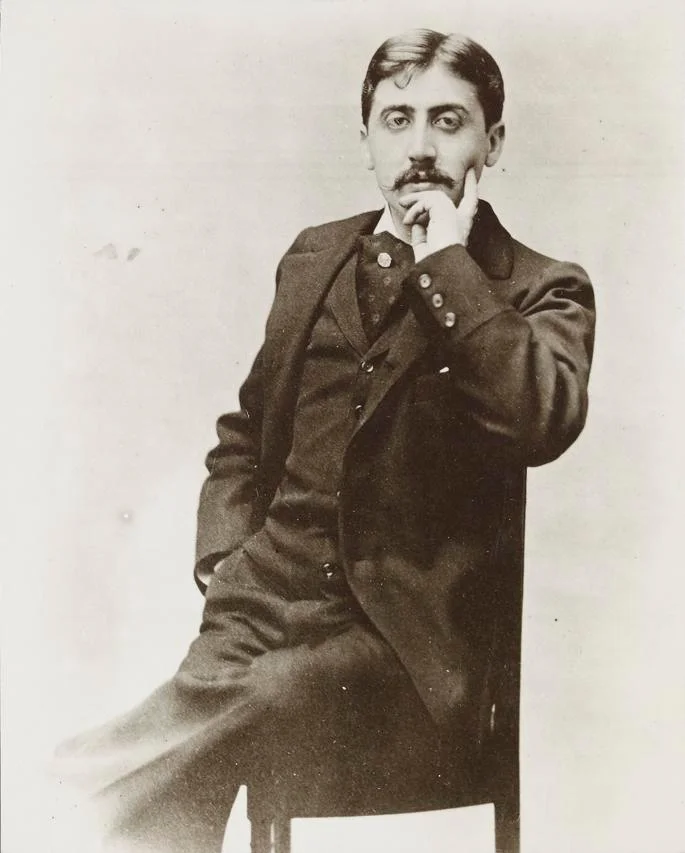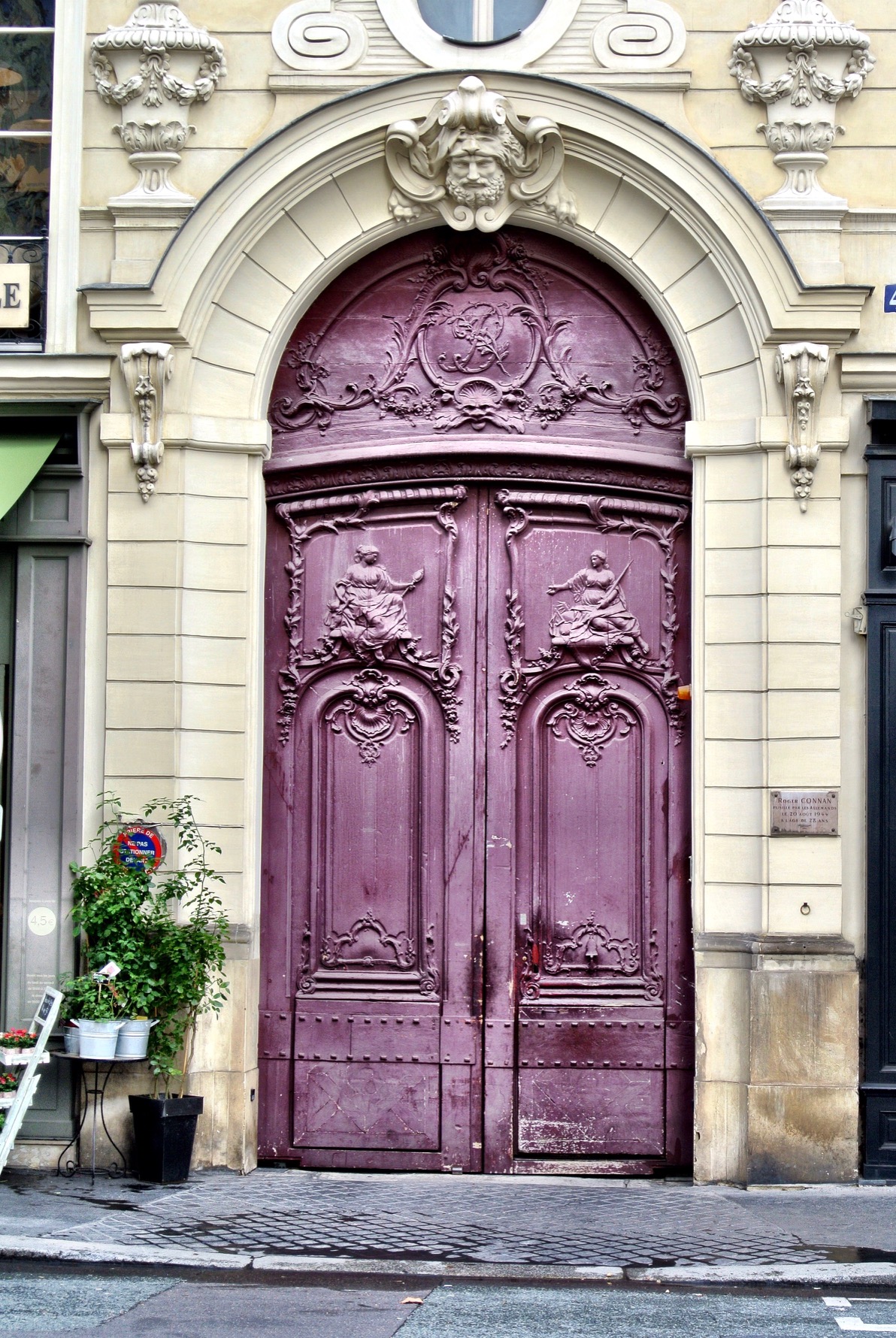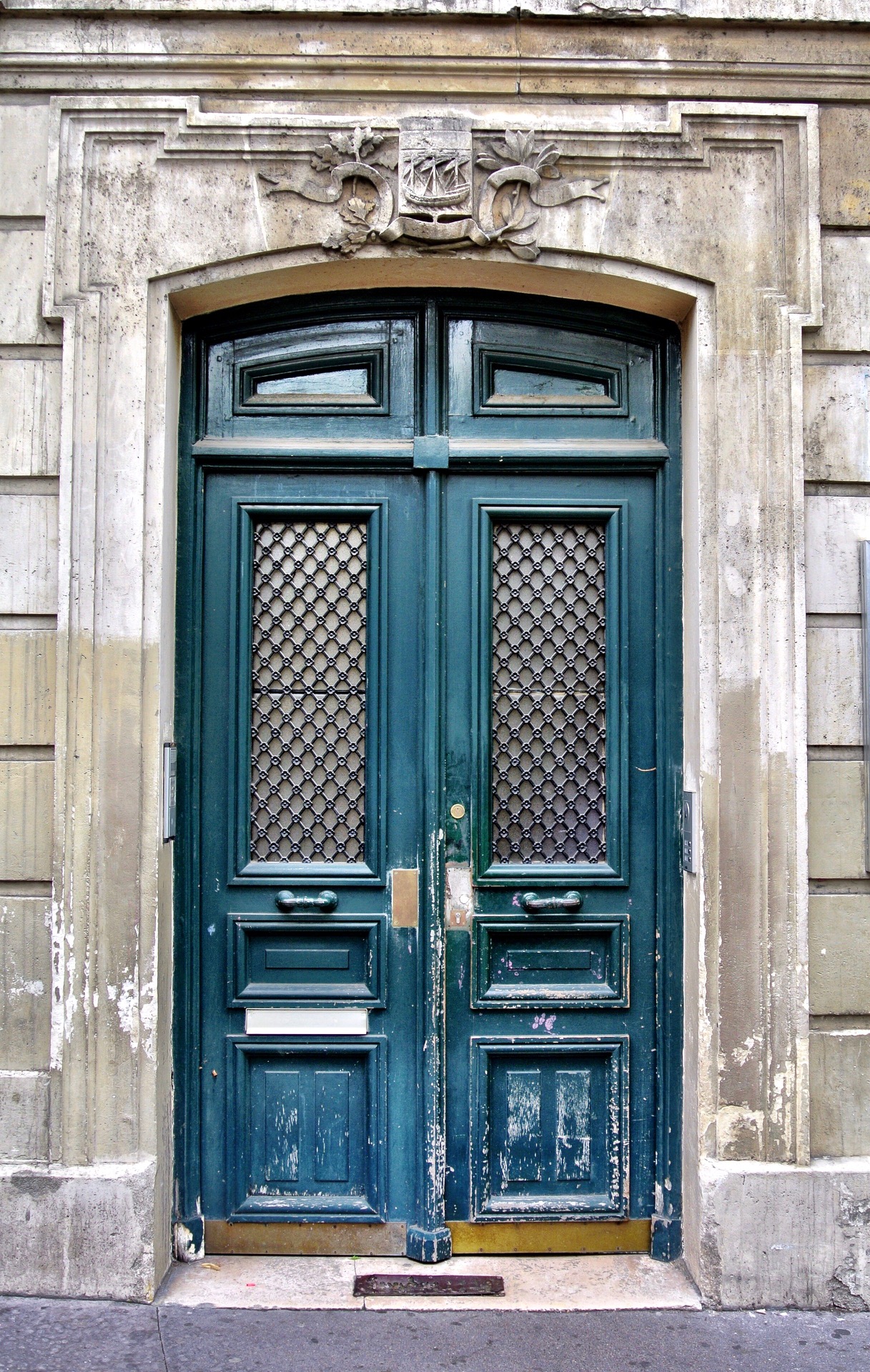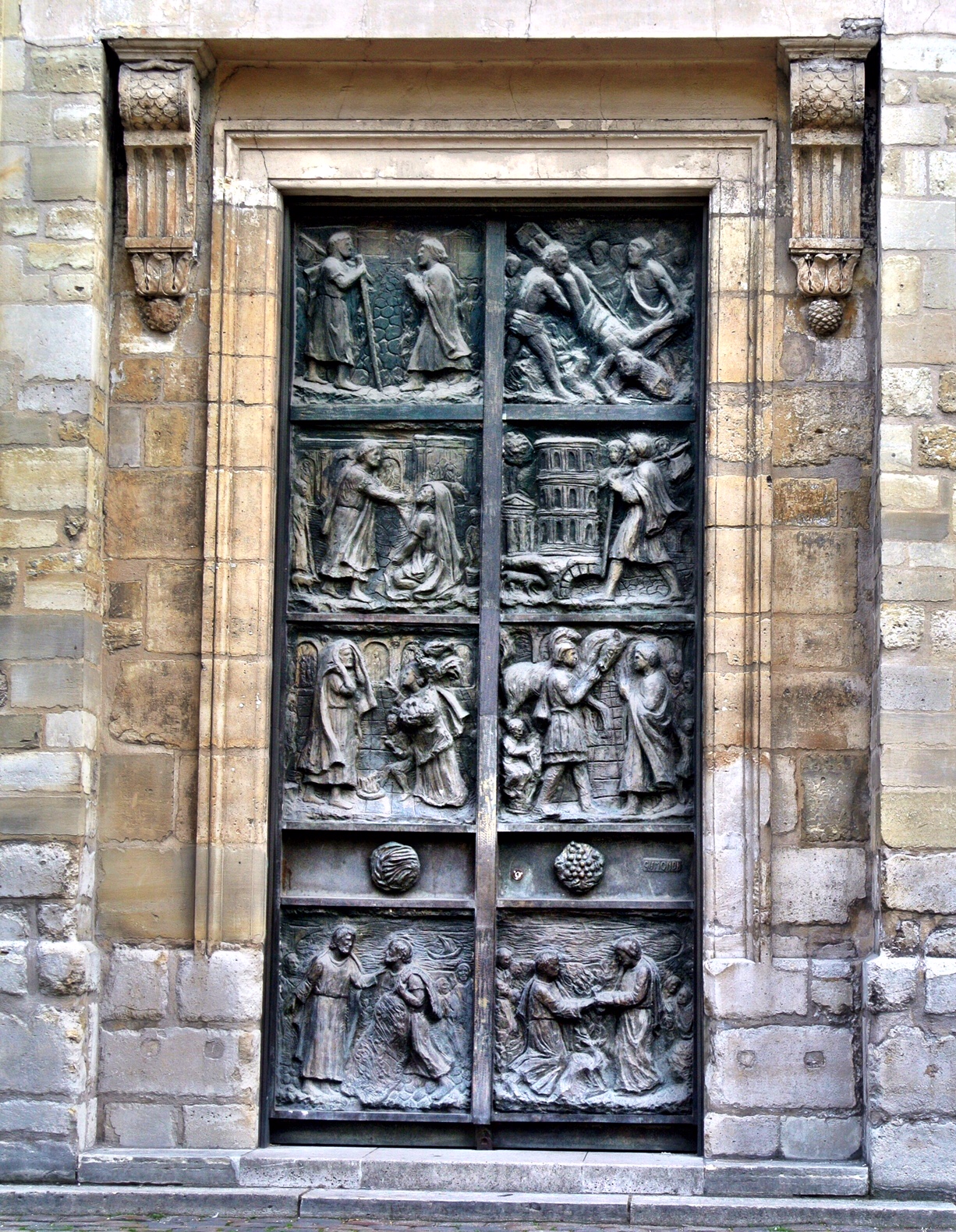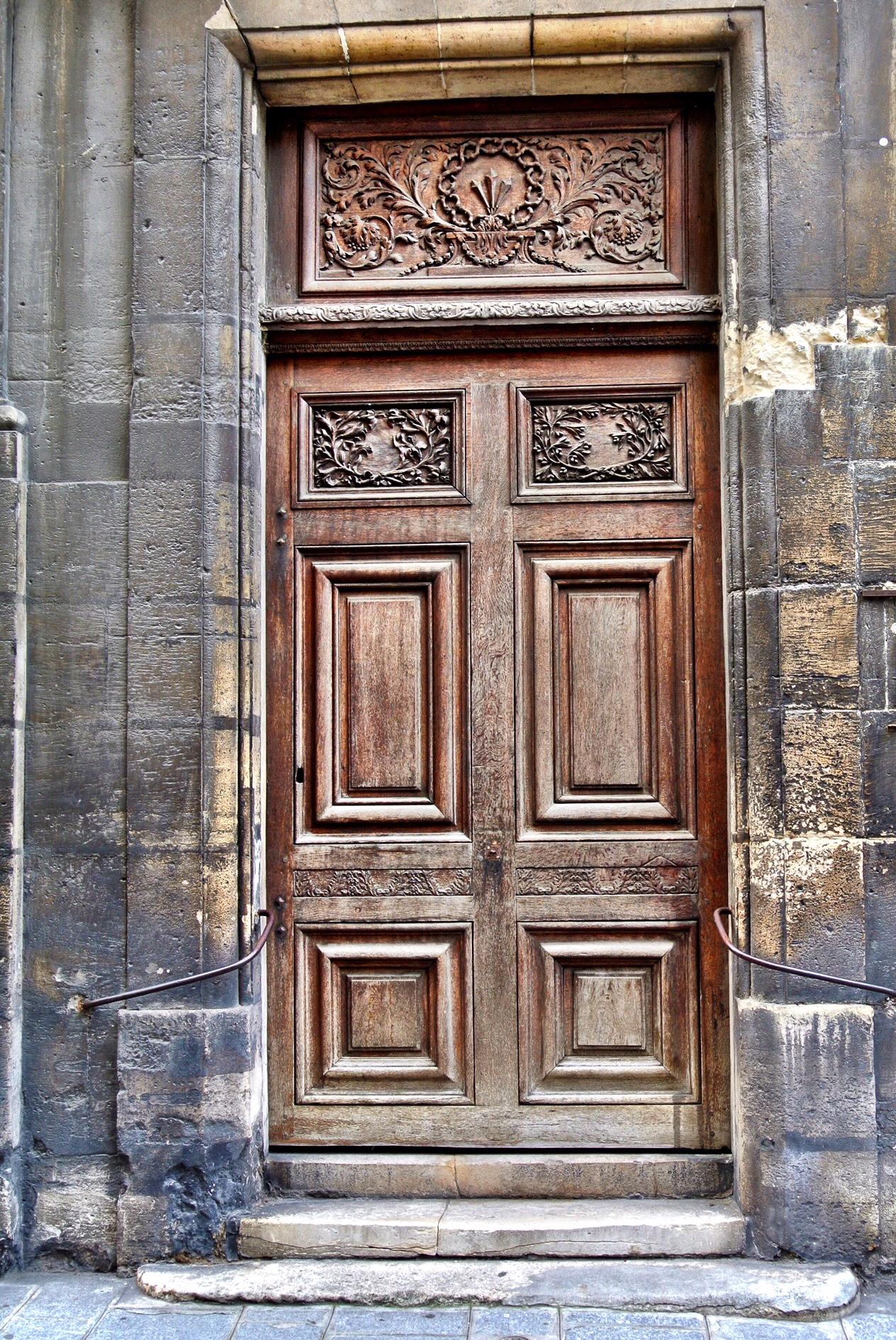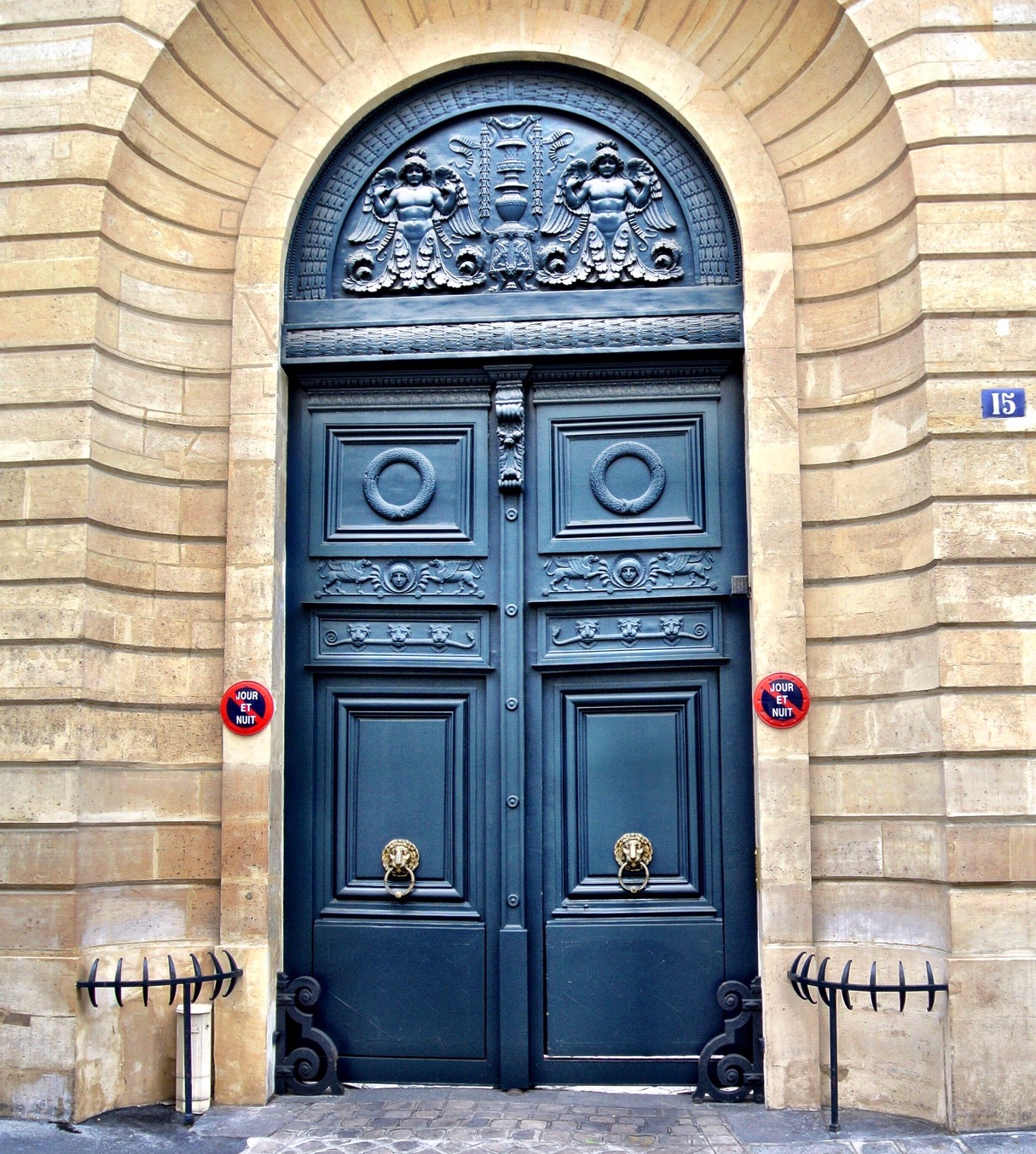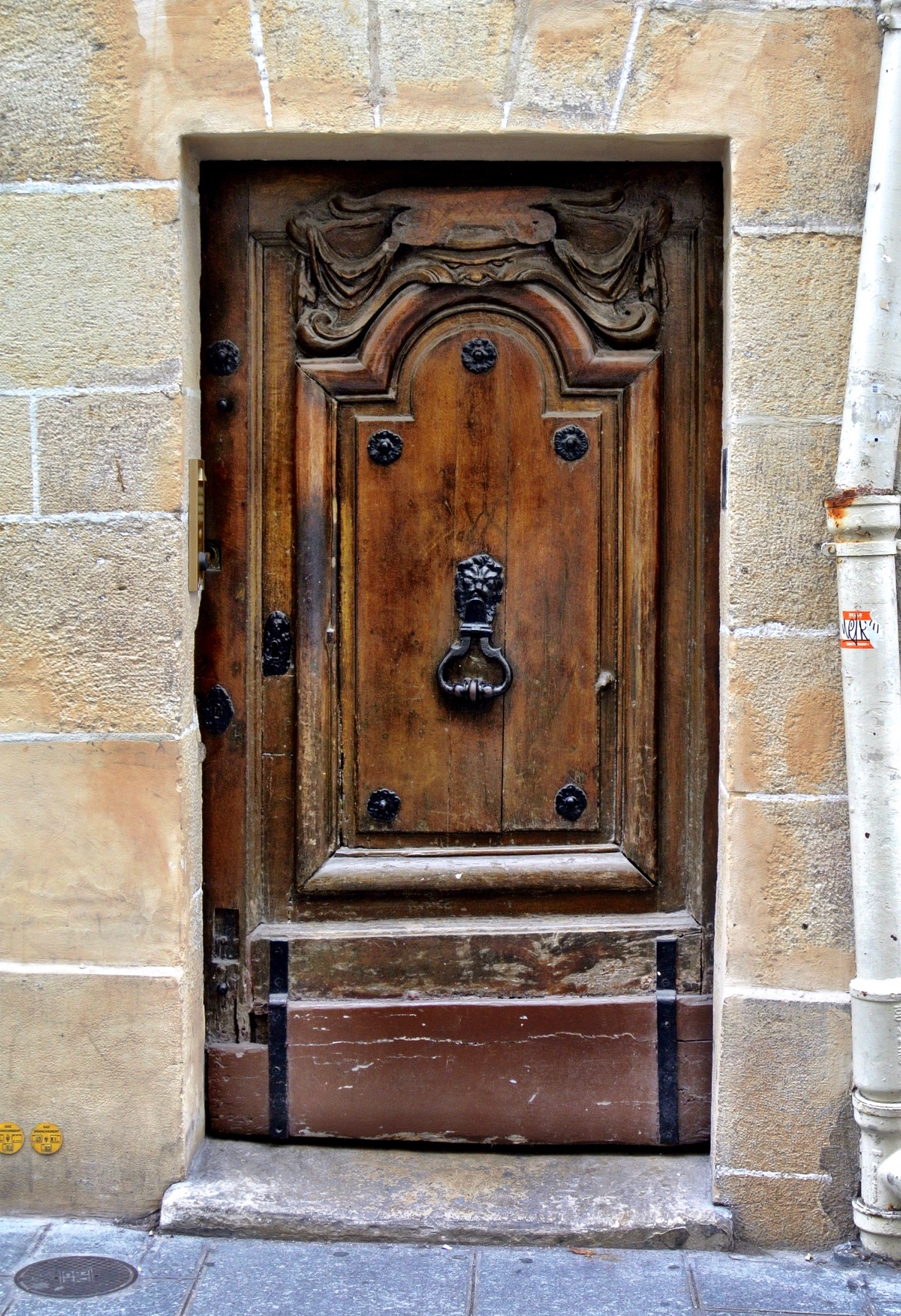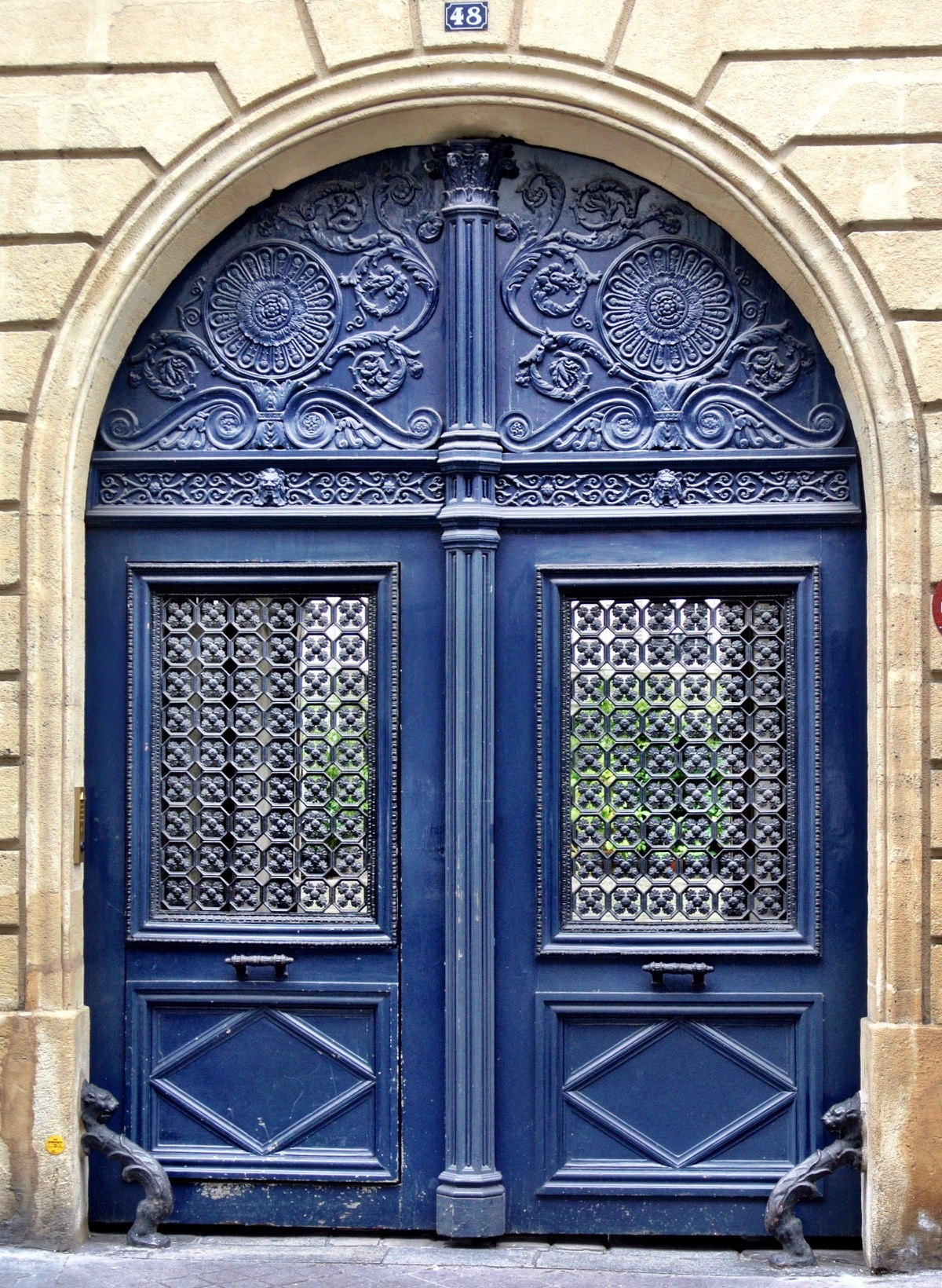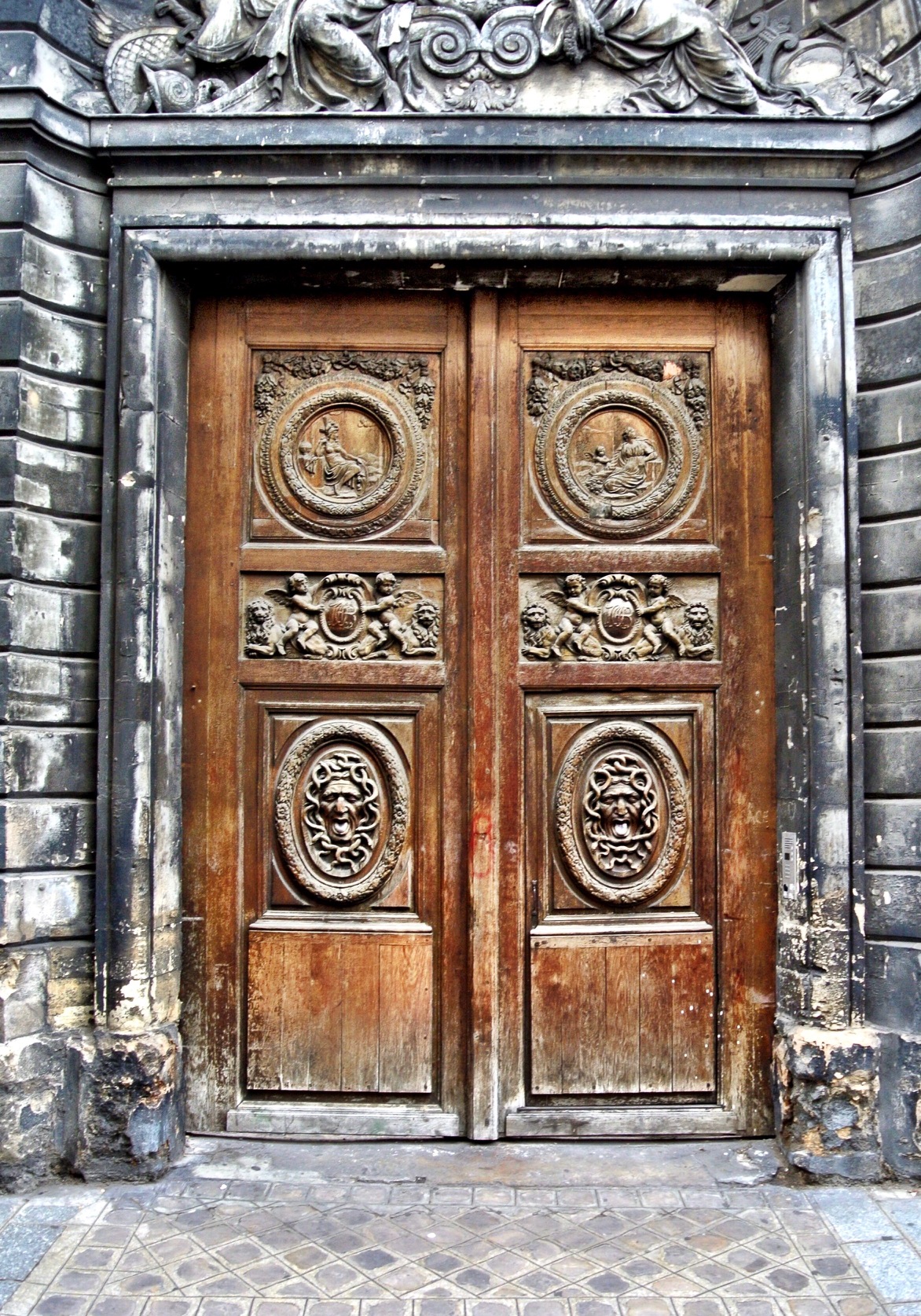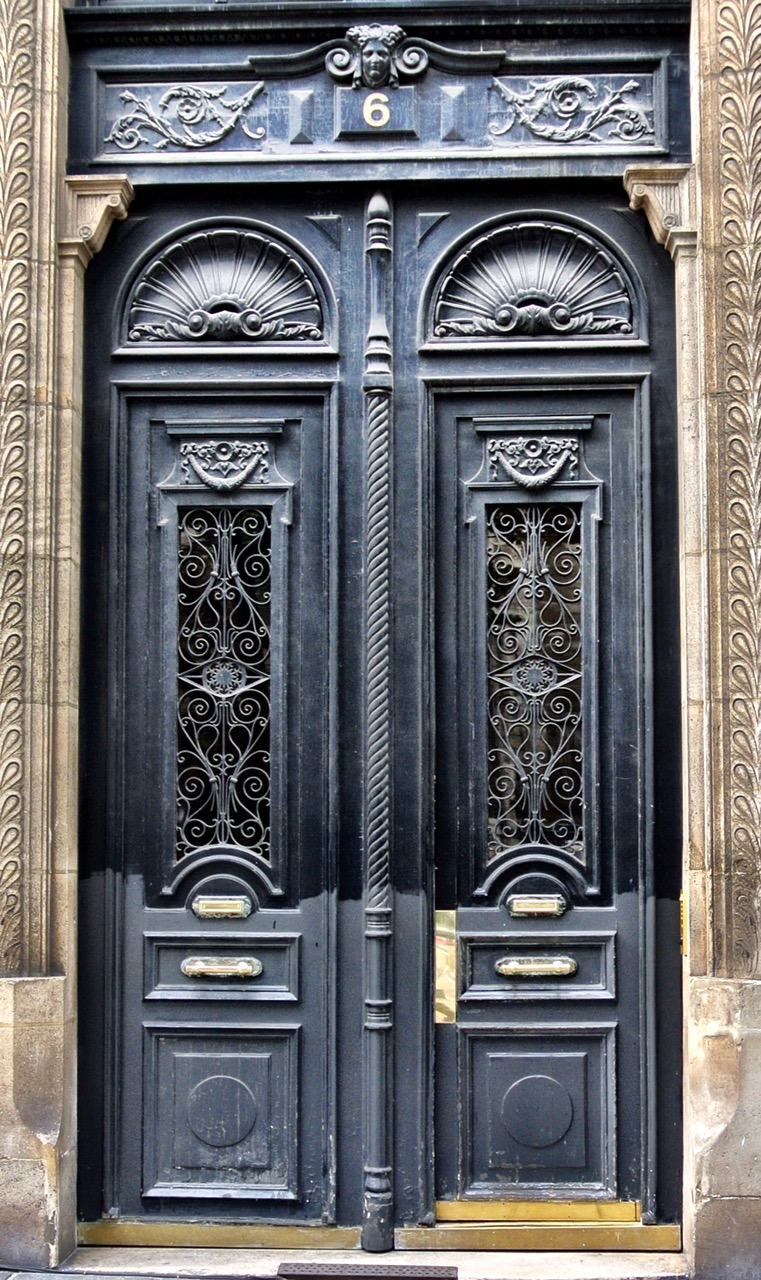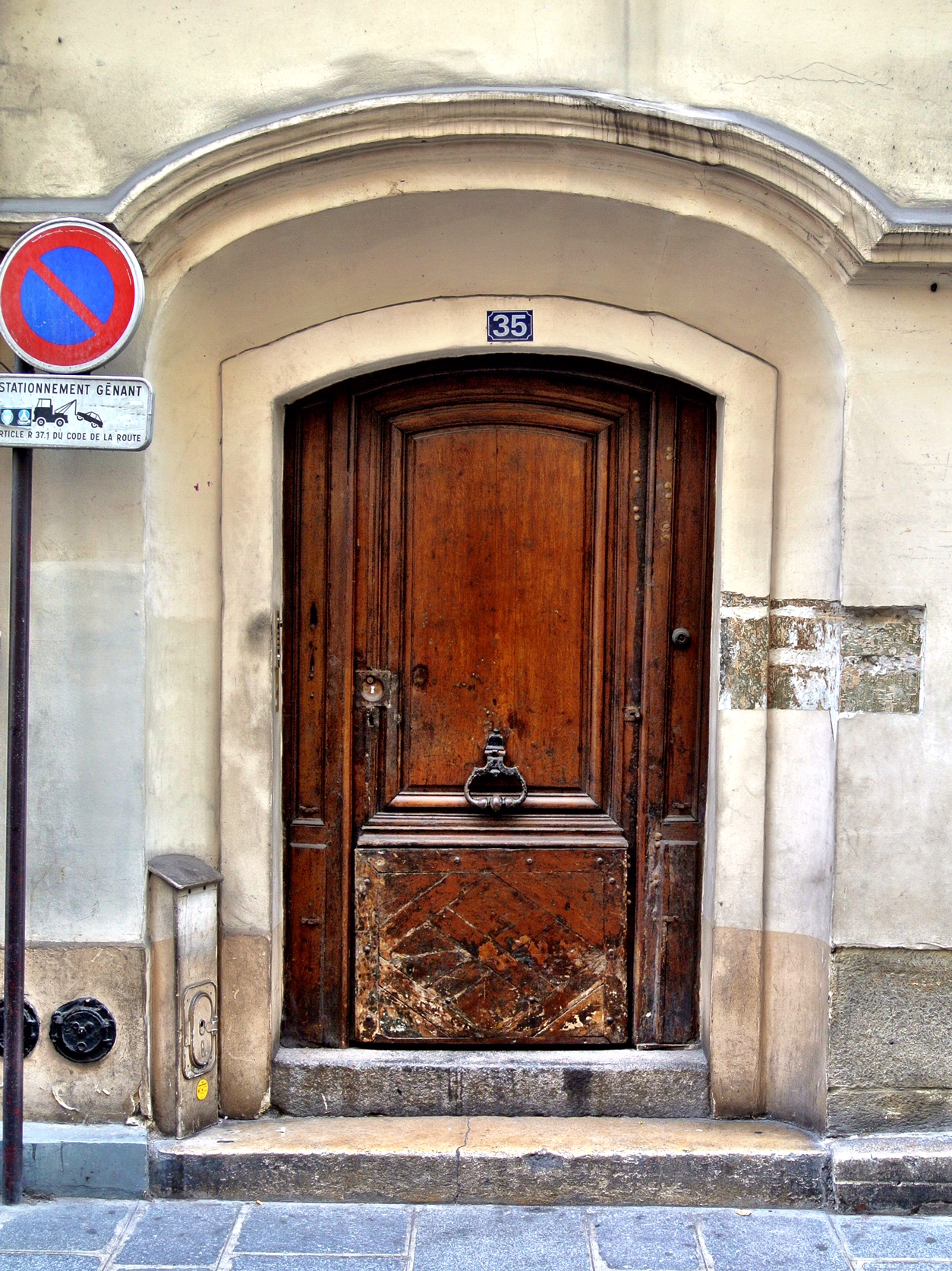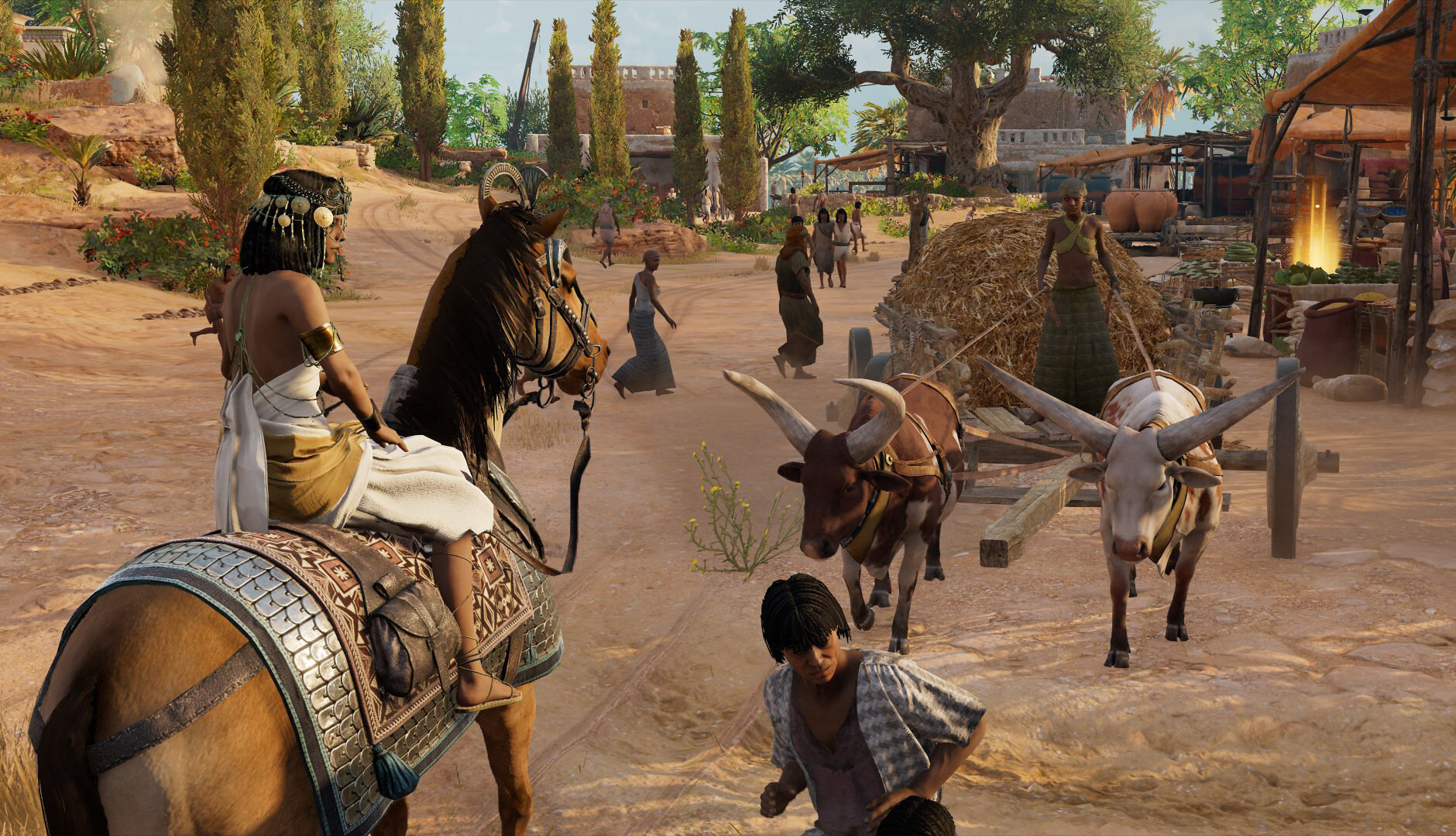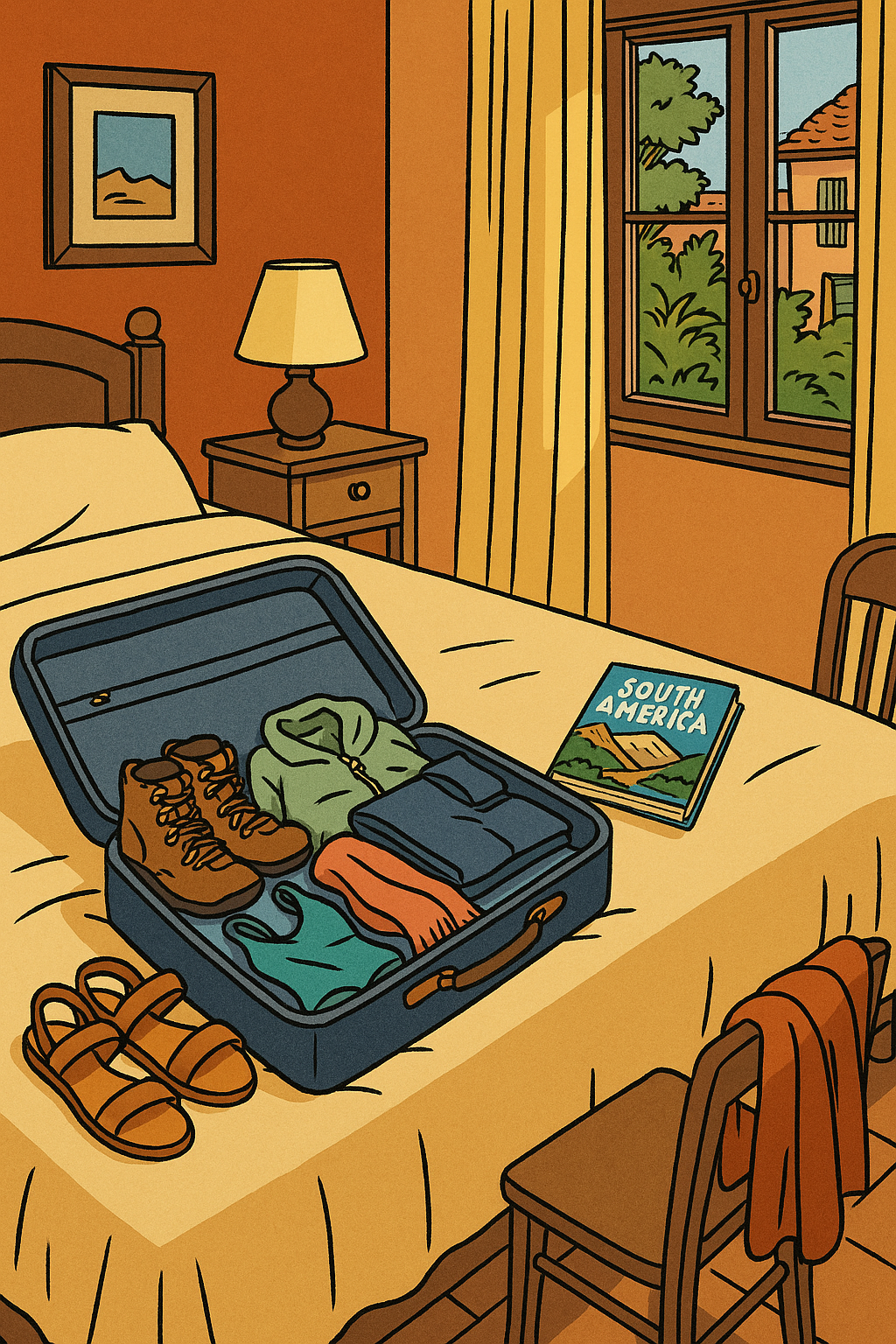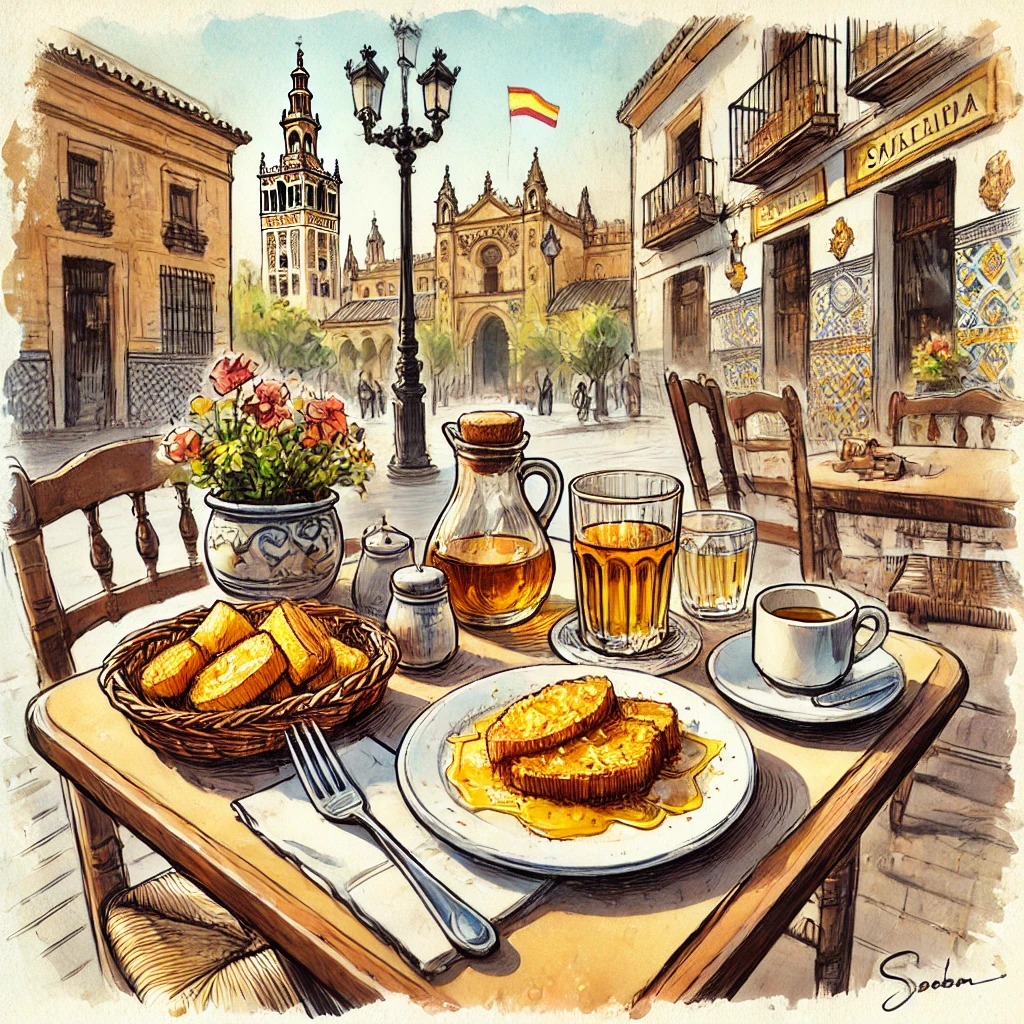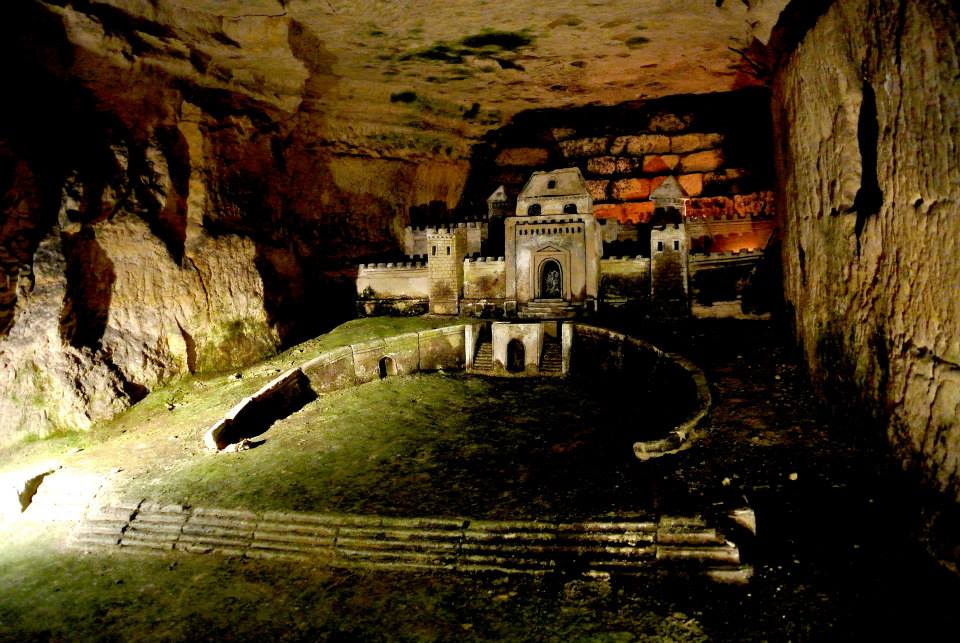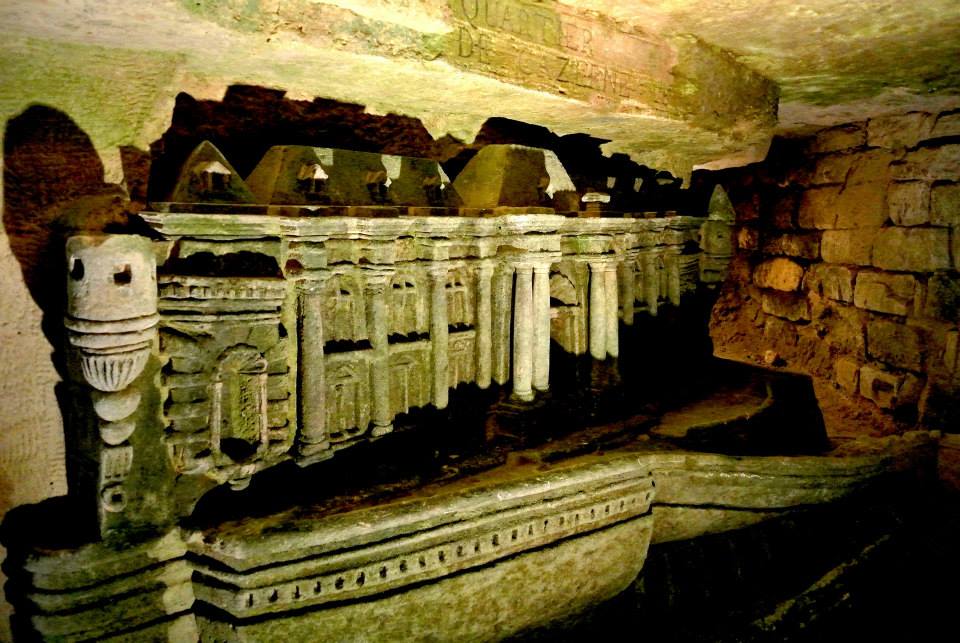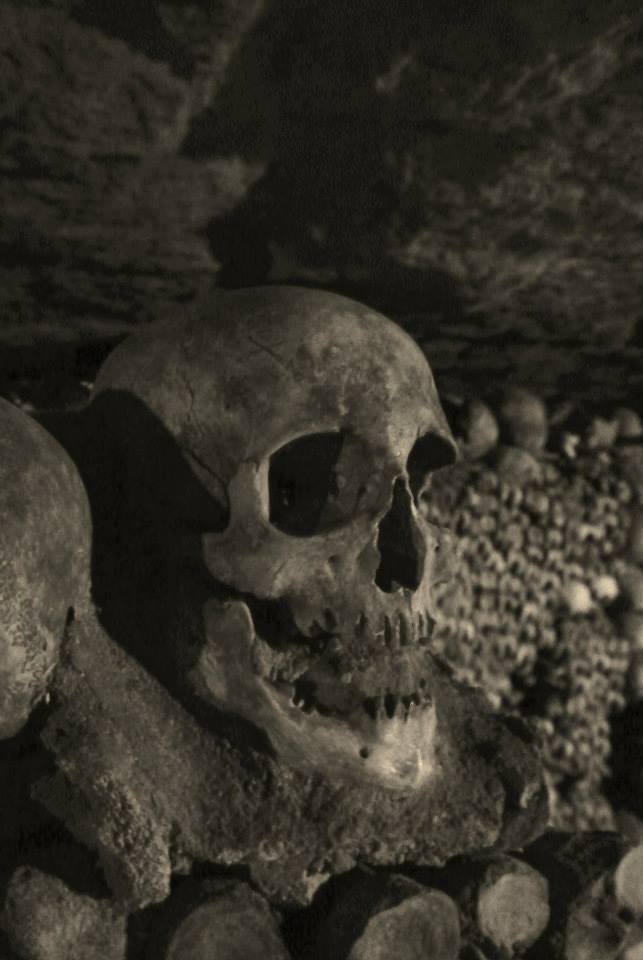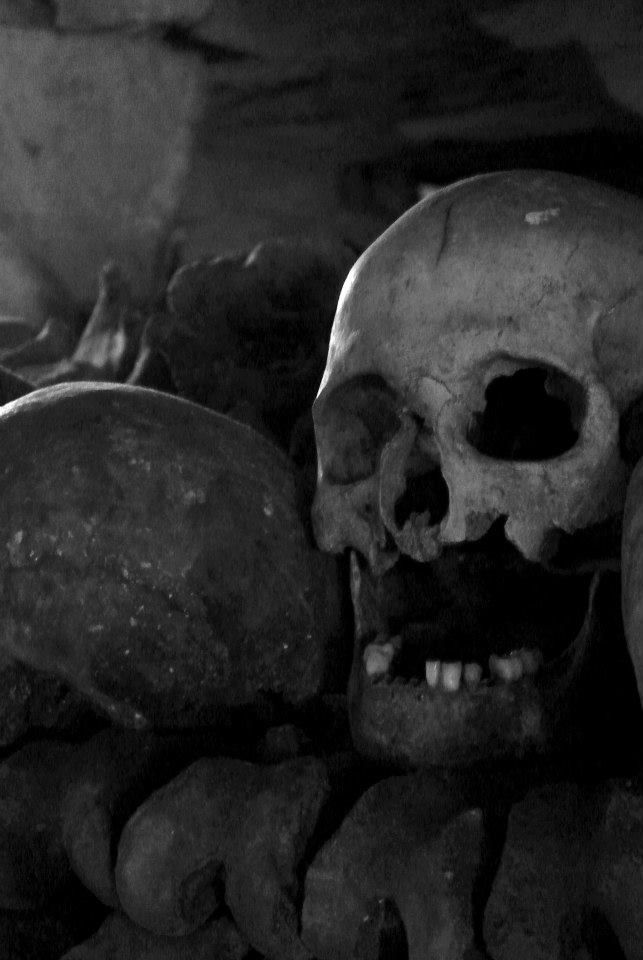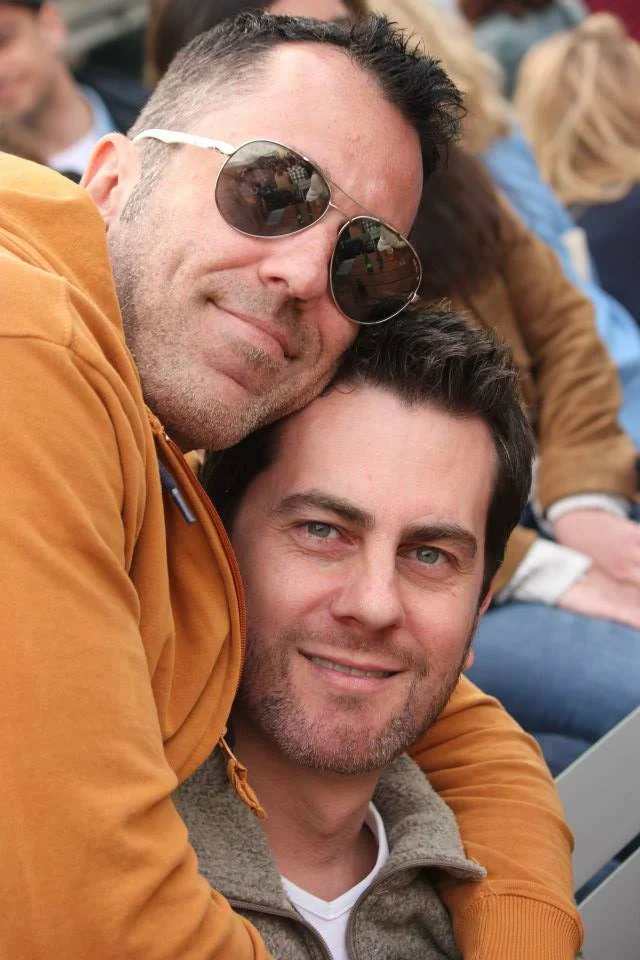One of our favorite bars in Paris, France goes from family-friendly to gay dance party in the course of a day. Plus: the recipe for its signature cocktail!
The charming Rosa Bonheur bar at Buttes Chaumont in Paris, France
After exploring the hilly parkscape of Buttes Chaumont, our friend and Parisian resident Kent, Wally and I arrived at the “Log Cabin,” which is the congenial and charming wood-beamed pavilion Rosa Bonheur.
The artist Rosa Bonheur has a delightful bar named for her in Parc des Buttes Chaumont in Paris
The bar was named after Rosa Bonheur, a successful 19th century animalière (painter of animals) known for her artistic realism. Beatrix Potter she was not: Bonheur was a nonconformist and a celebrated feminist who earned a living as an artist, managed her own property, wore trousers, hunted and smoked.
Bonheur painted lifelike depictions of animals
Lions and horses were among Bonheur’s favorite subjects
“Insider’s Tip: If you want to visit Rosa Bonheur, arrive before 4 p.m., as a fence is put up then and you will have to wait in line to enter.”
Later in her life, Bonheur took to wearing trousers and became a feminist icon
Bonheur bought an estate near the Forest of Fontainebleau and settled there with her lifelong companion, Nathalie Micas (and, after Micas’ death, American painter Anna Klumpke), and her menagerie of animals. She died in 1899 at the age of 77.
We grab a bite to eat at Rosa Bonheur — before it turns into a gay dance club
The bar is mellow and family-friendly on weekend days
Cabin Fever
The laidback crowd features a mix of Parisian fashionistas and hip families earlier in the day, giving over predominantly to gay men as evening approaches.
Inside is a full bar and a food counter serving Mediterranean-style tapas. “Round Here” by the Counting Crows played. A little girl plopped herself down at the long table where we sat and began coloring in her book.
After an hour or so, as the afternoon wore into evening, the communal tables were pushed back, families disappeared, and it became a buzzing dance hall. The dance mix began with Miley Cyrus’ “We Can’t Stop,” followed by Brandy and Monica’s “The Boy Is Mine.”
Later in the evening, I observed a couple of flannel-clad and unshaven “lumber gays,” one of whom was animalistically lapping the side of the other’s face.
The whimsical bar at Rosa Bonheur, where you can order tapas and the signature cocktail
Our drunken friend Michael sized up the crowd with one of his hilarious comments: “There’s a fat man, a gay man and another fat man, who’s probably gay. They all do blow in the bathroom and throw up.”
Wally and Duke in Buttes Chaumont, down the hill from Rosa Bonheur
Insider’s Tip: If you want to visit Rosa Bonheur, arrive before 4 p.m., as a fence is put up then and you will have to wait in line to enter.
One of the signature cocktails we enjoyed was a refreshing elixir made with Lillet Blanc, grapefruit juice and ginger beer called the Rosa Summer. You can also order a chilled bottle of the Rosa Bonheur Rosé, so you don’t have to go back to to the bar as often.
We’ve recreated an ode to this at home, and you can easily make a pitcher of this to serve at your next soirée.
The Rosa Summer, the perfect summer cocktail
Rosa Summer
Ingredients
- ¾ ounce Lillet Blanc
- ½ ounce grapefruit juice
- ½ ounce ginger beer
Preparation
Fill a cocktail shaker with ice. Add all ingredients except for the ginger beer. Shake vigorously for about 10 seconds.
Strain into a cocktail glass and top with a splash of ginger beer.
Garnish with a sprig of mint.
Enough Rosa Summers and you’ll be jumping for joy like Wally and Kent
Kirsten and Jennifer sit on a bench with interesting graffiti outside the bar
Rosa Bonheur
2 Allèe de la Cascade
Paris, France


